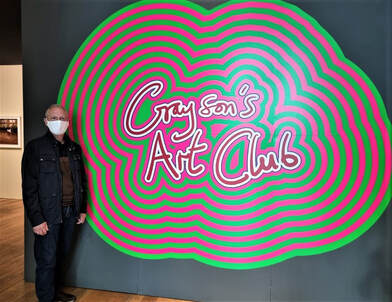 After enjoying both TV series of the art club, we looked forward to seeing the chosen artwork in the gallery. Through the television series Grayson and Phillipa brought people together during lockdown, celebrating the creativity of everyone. People turned to art as a way of relaxing in these troubled times and to express what they were going through. Each week Grayson chose a different theme and people could send in examples of their work on this theme. Entries were in their thousands and a limited number were chosen to show each week. Themes included: portraits, animals, fantasy, view from the window, home and Britain. I sent off for a couple of these but unfortunately, didn't have my art work chosen. Below are some of my favourites from the ones sent in by the public, Many are very personel to the artist and all show a great level of skill. Each episode also showed work by known artists such as Chantal Joffe, Maggi Hambling, Antony Gormley, and The Singh Twins. Also, there were interviews with celebrities who also produced artwork during these times. These included Joe Lycett, Noel Fielding, Harry Hill, Vic Reeves, Jenny Eclair, Kevin McCloud and Lisa Tarbuck. These often reflected the personality of the artist and enlivened the programme. Grayson, ably supported by his wife Phillipa, produced a series of artworks each programme with Alan Measles, his protective spirit, keeping them safe. We had only seen one example of Grayson's pottery before but were fascinated by the range and complexity of images and writing on them. My personal favourites were the small figures created by Alex Robinson, who is on the autistic spectrum and produces four figures each week. Making these was invaluable to him, as it gave a structure to his week and helped to maintain his wellbeing and his mental health. I would happily buy one of these and maybe he should start selling models of them because they were superb. An interesting visit and one of these occasions when something lives up to your expectations or even surpasses it. Well worth booking a visit and what a chance Grayson provided to allow everyone to enter this exhibition without having to be a well known artist.
The same can be said of the #LowryArtGallery where the #DaysLikeThese exhibition is on, showing the reflections of Salford people during the lockdown. The next exhibition we must visit again.
0 Comments
After an enjoyable visit to Nottingham, we decided to stop off half way home at Trentham Gardens. Having pre booked our tickets, we parked near the garden centre. After lunch, we entered and followed the path to explore the lakeside walk, all the way around the ‘Capability’ Brown mile-long Trentham Lake. Scattered around the lake were several sculptures and these added interest to the walk. Some were carved into trees, whilst others were free standing. As well as traditinal subject matter, one area impressed with tree stumps laid out to form an interesting abstract landscape, which created a different experience. A trail of superb fairy sculptures, had also been created around the lakeside and gardens. These were painstakingly created from galvanised and stainless steel wire, by local artist Robin Wight. Some of these were stunning, glistening in the sunlight, whilst others were hidden in the trees or peeping over fences. A super idea to inspire children who could have a trail sheet to help find them. Having followed the one way system, we finished our walk at the Italian gardens, where we could acknowledge the foresight of the layout and appreciate the plants and trees. After the walk it was enjoyable to explore this area, especially the sweet smelling pink wisteria boulevard before setting off for home. A nice break from the stress of the last few months and a chance to see a new city and visit these beautiful gardens.
After a hard year, it was nice to get away for a few days and visit another city. With regards to all the new rules brought about by the pandemic, we booked places of interest before our arrival. The first visit was to the Robin Hood experience. When we arrived, we were surprised that the attraction was situated in a house 4 storeys high. We were greeted by a man dressed in period costume and told to follow the room numbers starting on the top floor. Each room was filled with artefacts and an audio recount of the Robin Hood period. We leant about the history surrounding the Robin Hood legend and we all agreed that it was all done really well. Many films and television series had told different versions of the story and it was intertesting to see all of these mentioned as well unknown facts relating to the legend. After the tour, it was time to go and see Robin Hood's statue which was situtaed outside Nottingham's castle. Unfortunately, the castle had been closed for renovations and hadn't reopened yet. However, it was an enyoyable start to our first day. We then had a chance to explore the rest of the city. which was interesting, as we compared it to Manchester. It was a very clean place and although the centre had been concreated, like Manchester, the area seemed a lot less crowded and relaxing, with children playing in the fountain. We enjoyed a chinese meal that evening and a visit to one of the many craft beer hostelry's. The second day started with a visit to the City of Caves. 'Immerse yourself in the extraordinary atmosphere of the ancient caves carved deep beneath Nottingham’s city centre, including WW2 air raid shelters and a medieval tannery. In the UK’s largest network of caves – with over 800 caves carefully converging to create breathtaking spaces – experience a place beyond imagination, and enjoy a truly memorable adventure in history' This was a fascinating insight into the labyrinthine world and how different generations had lived in them, although we had fun trying to sort out the app explaining the sights on our tour! Next door to the caves was the Nottingham Contemporary Art Gallery. After expensive refreshments it was time to view the exhibitions. In the first room was work by Allison Katz: For more than a decade, Katz has been exploring painting's relationship to questions of identity and expression, selfhood and voice. Animated by a restless sense of humour and curiosity, her works articulate a tricksy language of recurring forms – roosters, monkeys and cabbages, among other things – that are by turns familiar and enigmatic. Katz's paintings, as well as her ceramics and posters, are frequently bodily (full of noses and gaping mouths) and relentlessly wordy, thick with puns and allusions. What emerges from these multilayered works is a sustained and critical pursuit of what the artist has called “genuine ambiguity”. These paintings featured a range of paintings and we had mixed reactions, liking some and wondering about the symbolism of others. Definitely a time for discussion! 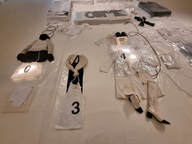 The next room, featuring Melanie Matranga, was not our cup of tea as we found that these type of installations didn't inspire us at all. Matranga has, for a number of years, been preoccupied with the gap between intimacy and feeling alone, together. Fundamental to this exhibition is the way in which the private can become public. Divided into a series of rooms, 0, 1, 2, 3, 4 begins with a purpose-built kitchen – a domestic space dressed with flowers and fruit that are left to decay over the course of the exhibition. The final room had a exhibition by Brazilian Erika Verzutti: Sensuous and tactile, Verzutti’s sculptures often seem to sit outside of period and place, conjuring relics or archaeological finds. Realised in bronze, concrete and papier mâché, they draw from a range of sources – from vegetables and household objects to newspaper clippings and imagery found online. Some of these sculptures really interested us and gave us a chance to also add our own interpretation to them. Although abstracted, we could appreciate her skill, however, we did find the following sentence about her work amusing in its complexity! They take a playfully omnivorous approach to art history, quoting and reimagining works that stretch from Brancusi to Brazilian modernism, or from Picasso back to the palaeolithic. An interesting place, which offered some worthwhile art sessions for people to take part in, These were reasonable although other aspects like sponsorship started at £500. 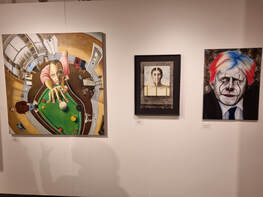 Our last visit was to the Justice Museum, which is housed in a former Victorian courtroom, gaol and police station and is therefore a historic site where an individual could be arrested, tried, sentenced and executed. The tour started with a talk in the court room where a visitor was tried as they would have been in the past. Sue was identified as a 'snitch' by the tour guide and was called as a witness in this case and caused the criminal to be deported to Australia! We were all given a letter before going down to the cells where we learnt what our crime was and what our punishement would have been. In my case I would have been branded on the hand for stealing a horse. The tour then visited the women's prison before going into the exercise yard. In both of these areas a character explained what would have happened at the time to prisoners. After an interesting talk we visited the cafe for a reasonably priced meal and the left via the exhibition area featuruing paintings from their collection and by inmates from various prisons. Power: Freedom to create is a new exhibition in partnership with Koestler Arts. Showcasing contemporary and historic artworks, it celebrates the skill and imagination of artists exploring themes of power and creativity. An tasty evening meal and a cocktail or two finished our second day. A fascinating couple of days with the weather helping to make it enjoyable although we would have prefered a hotter day when we visited the caves and museum, as they were quite cool and it would have been nice to come out into some heat.
We really liked Nottingham and would certainly recommend it for a short break. |
AuthorPhilip Westcott Categories |
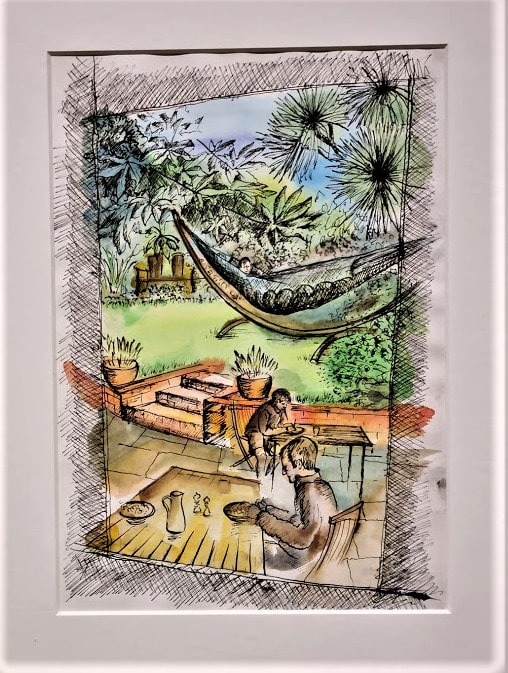
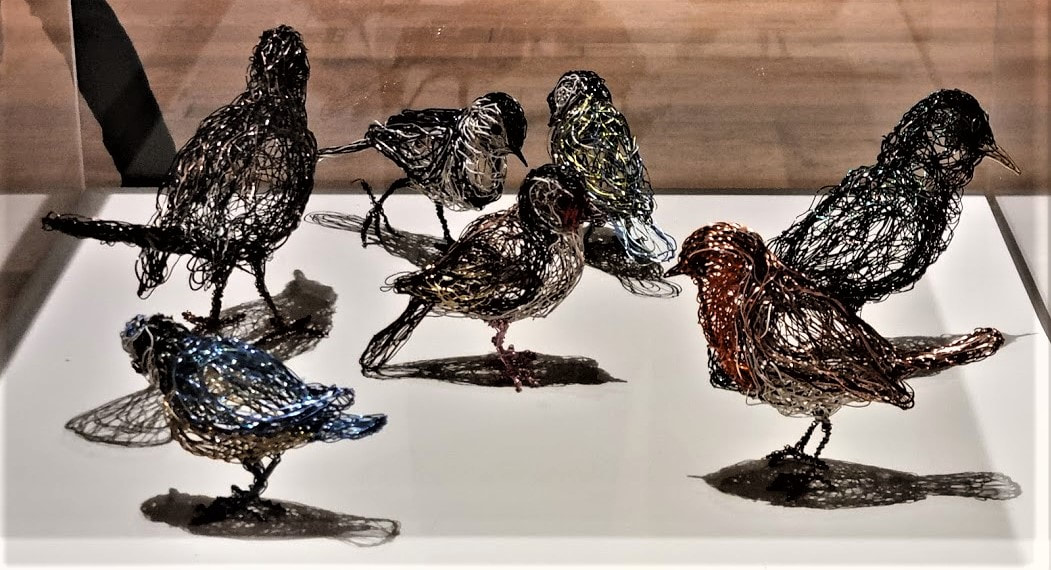
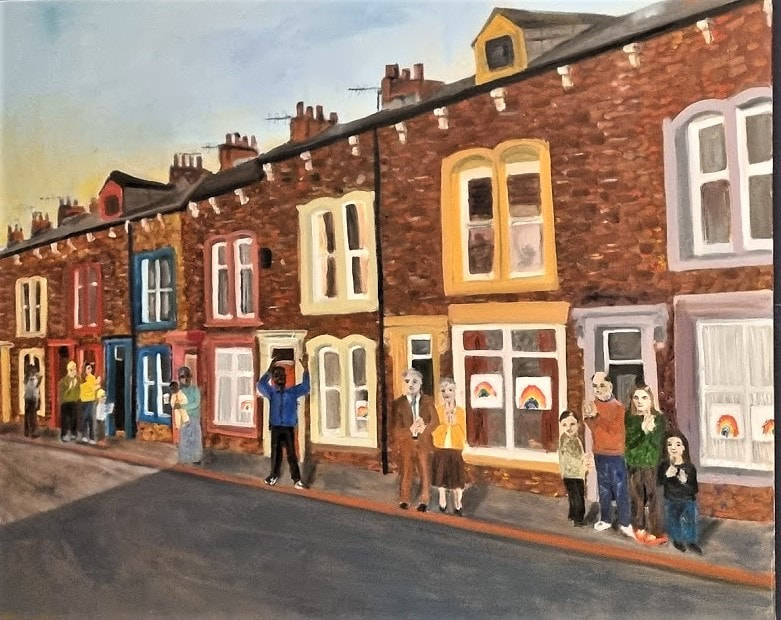
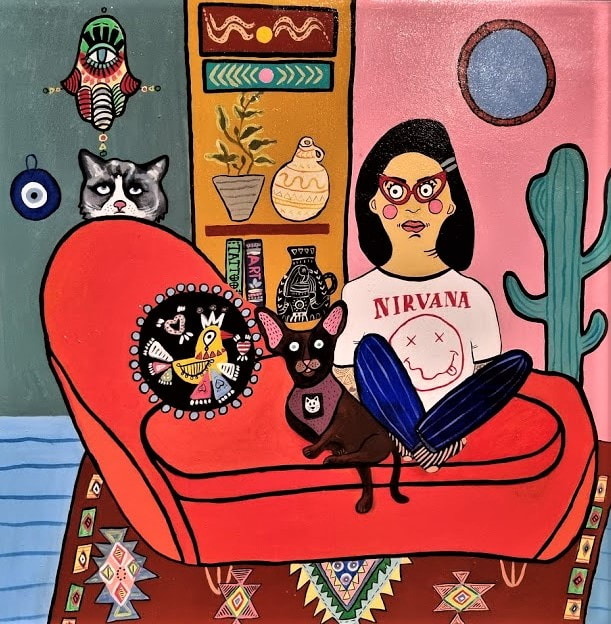
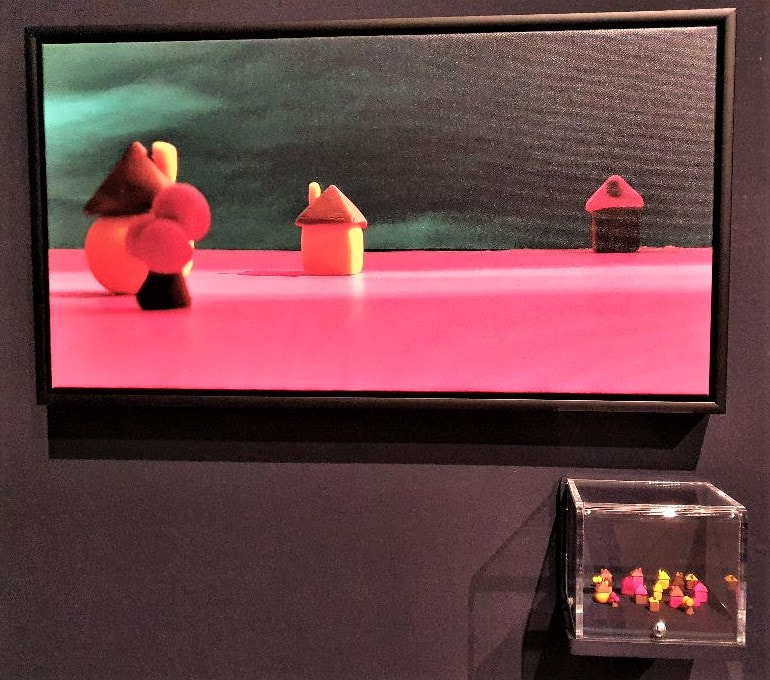
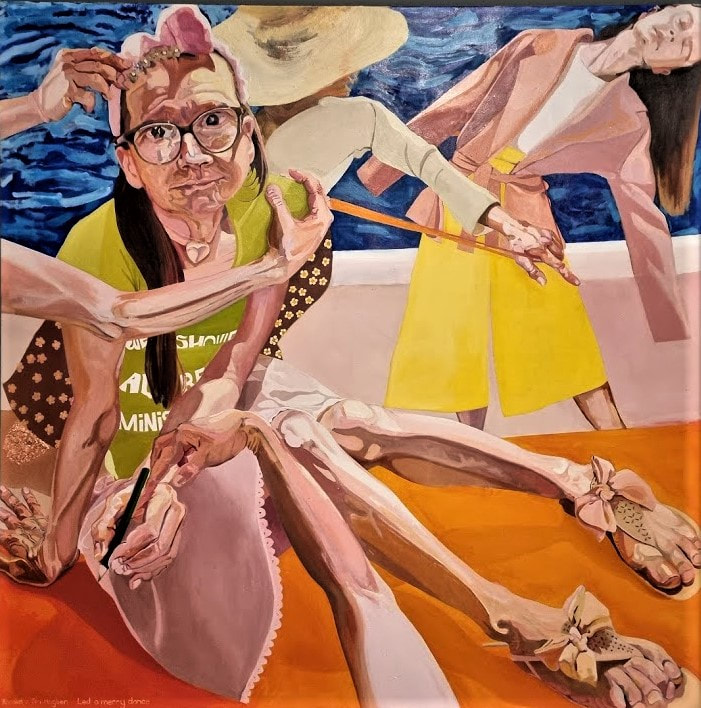
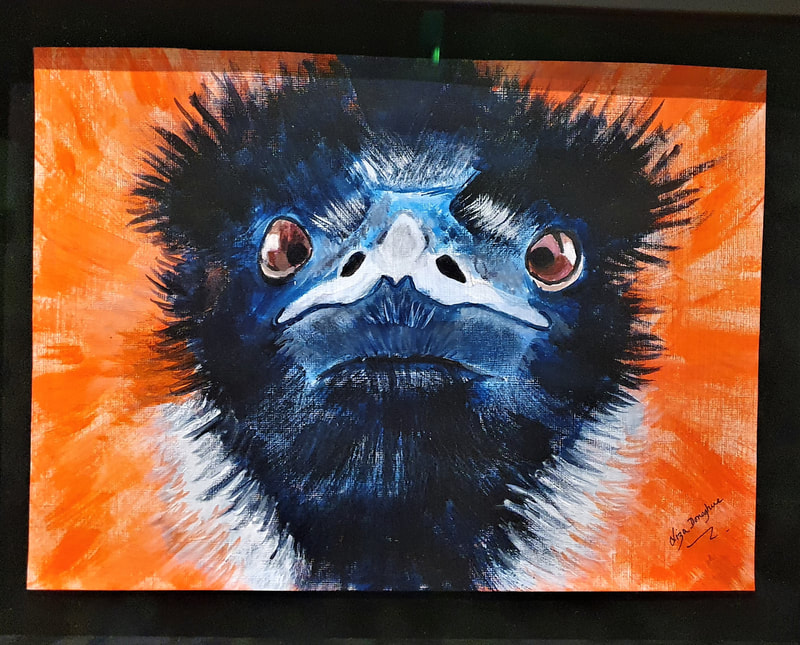
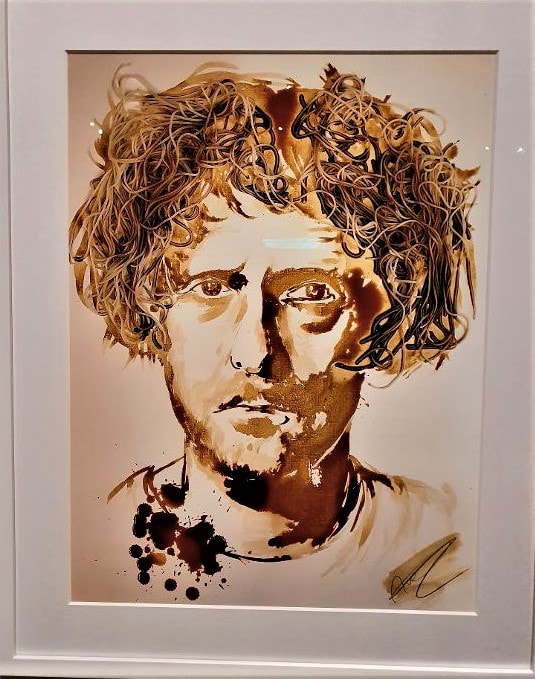
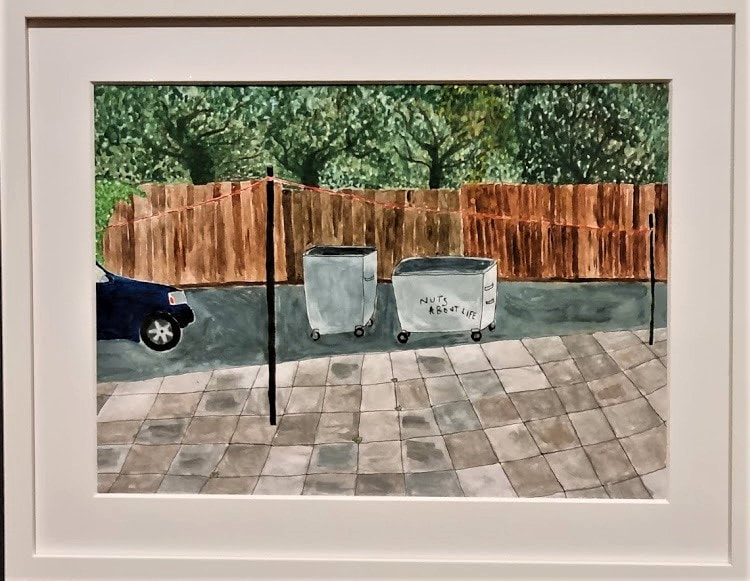

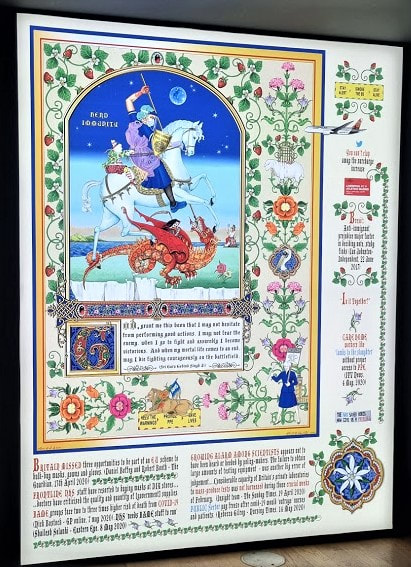
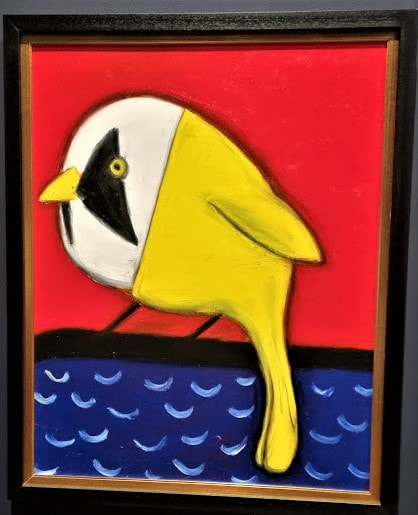
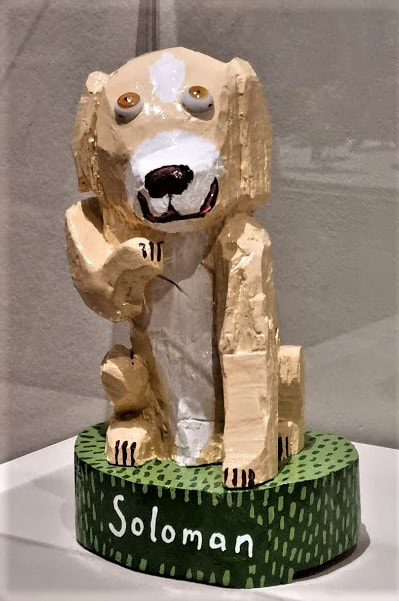
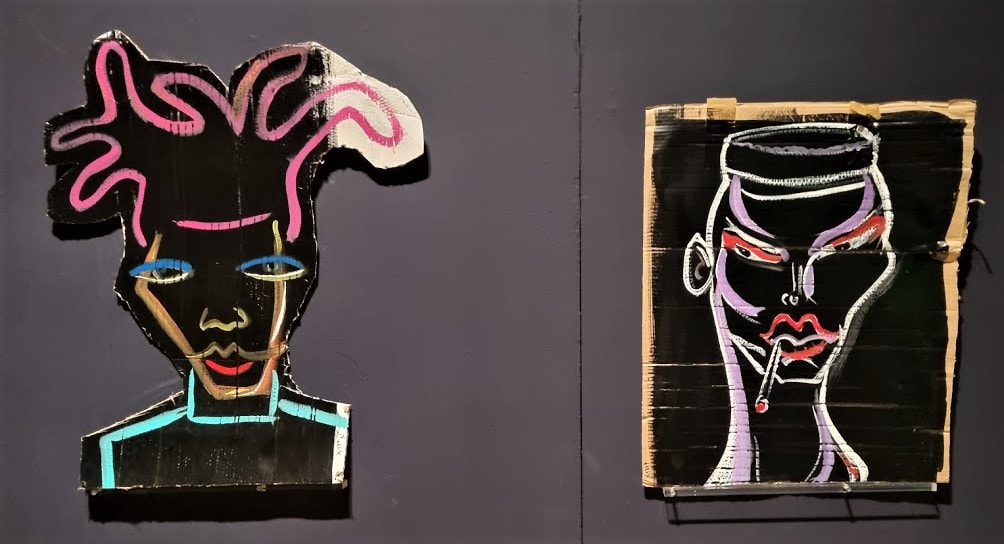
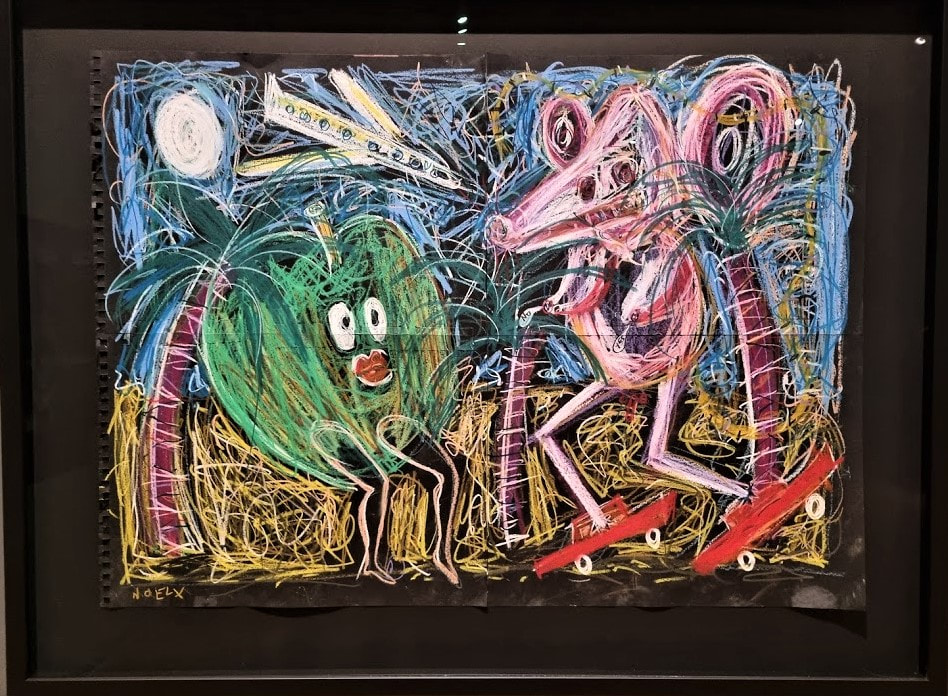
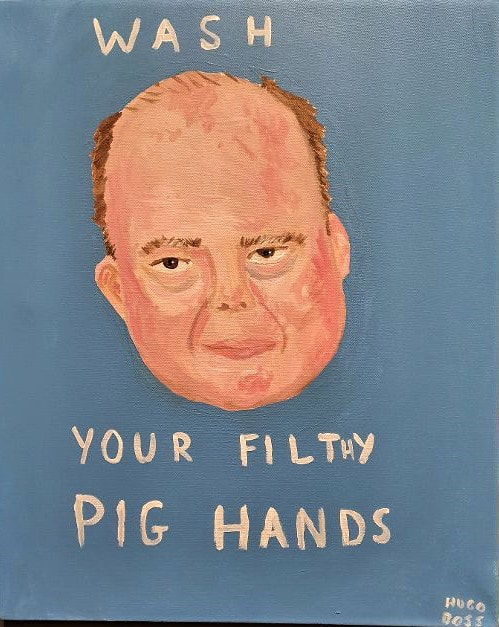
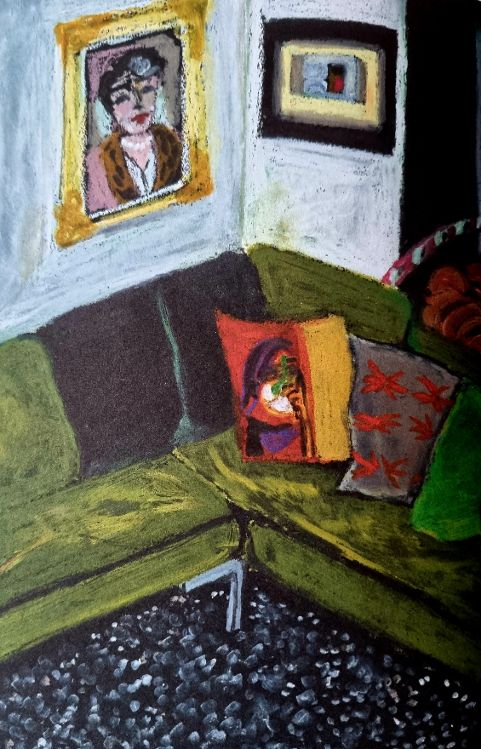
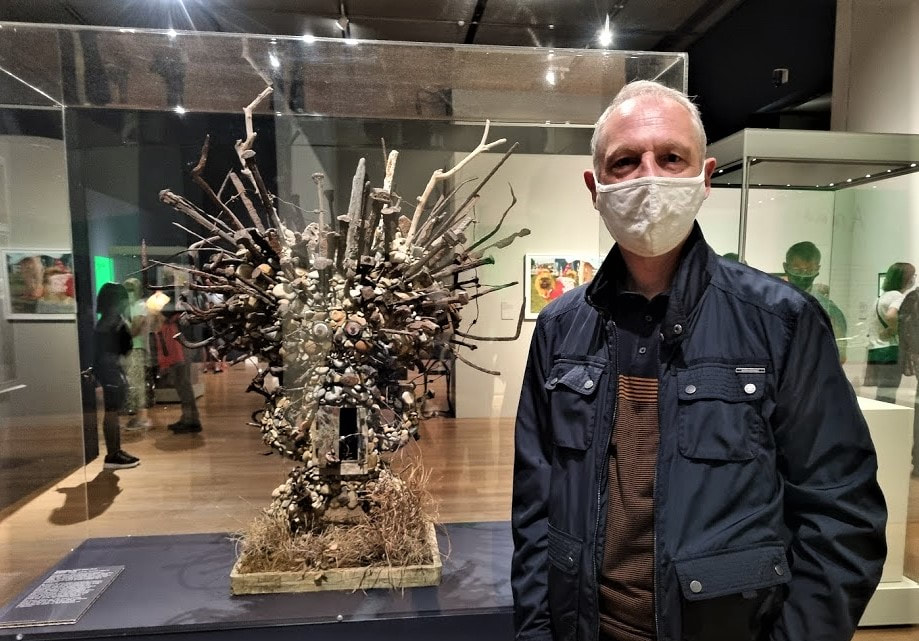
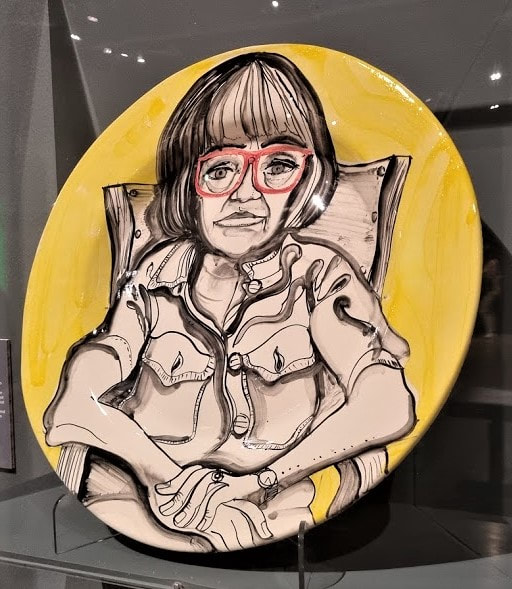
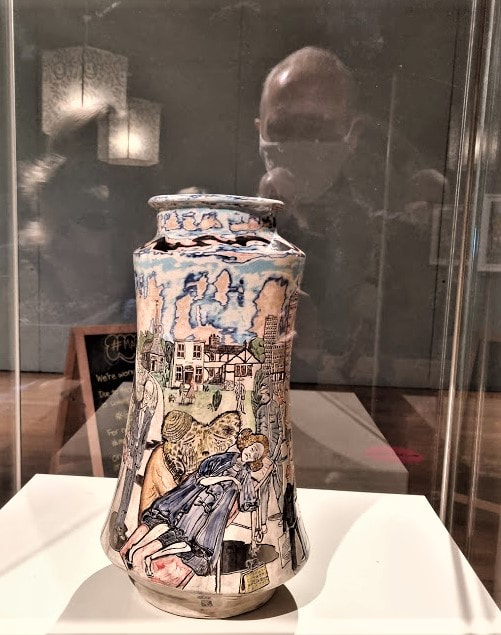
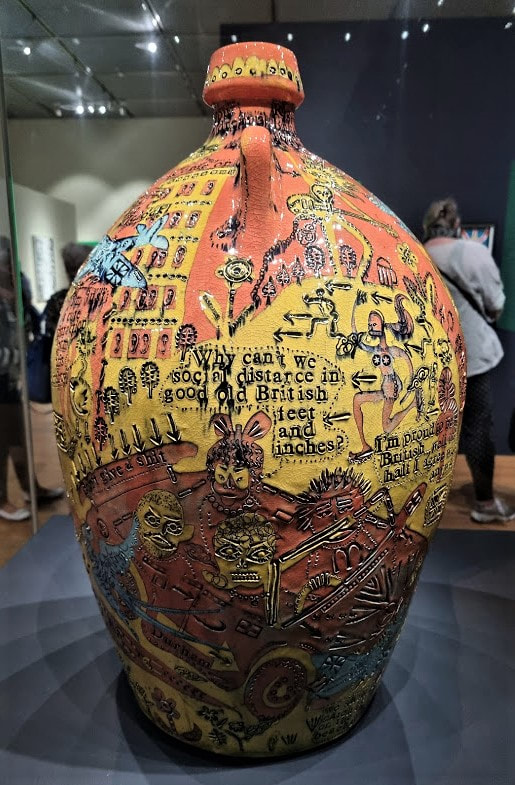
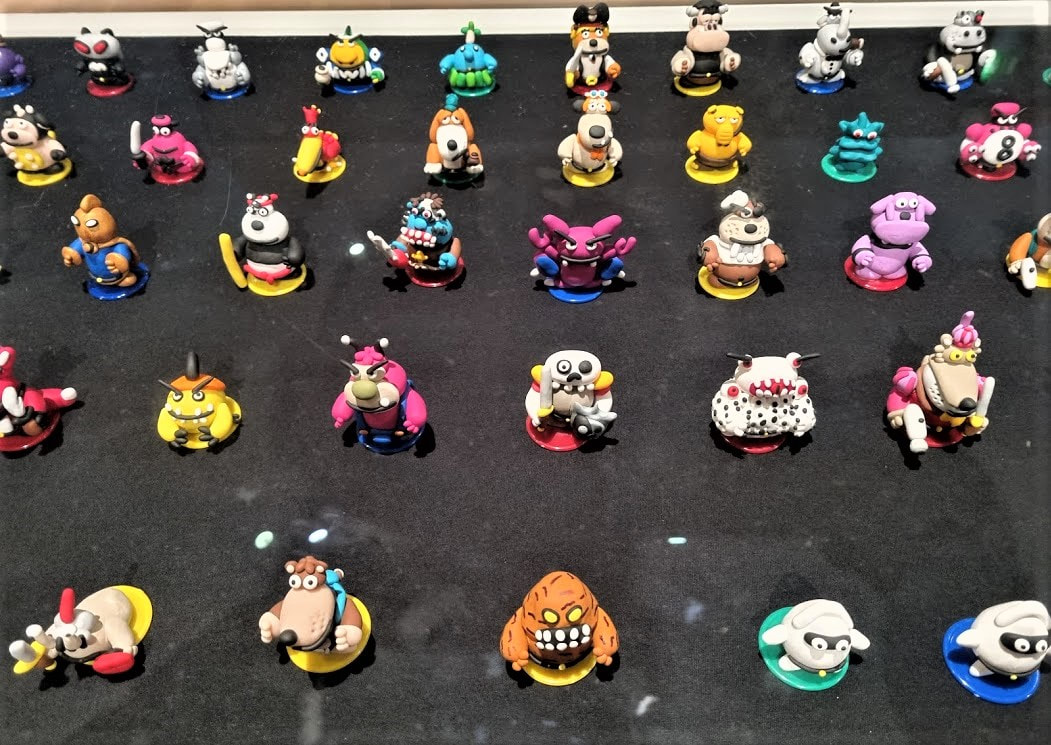
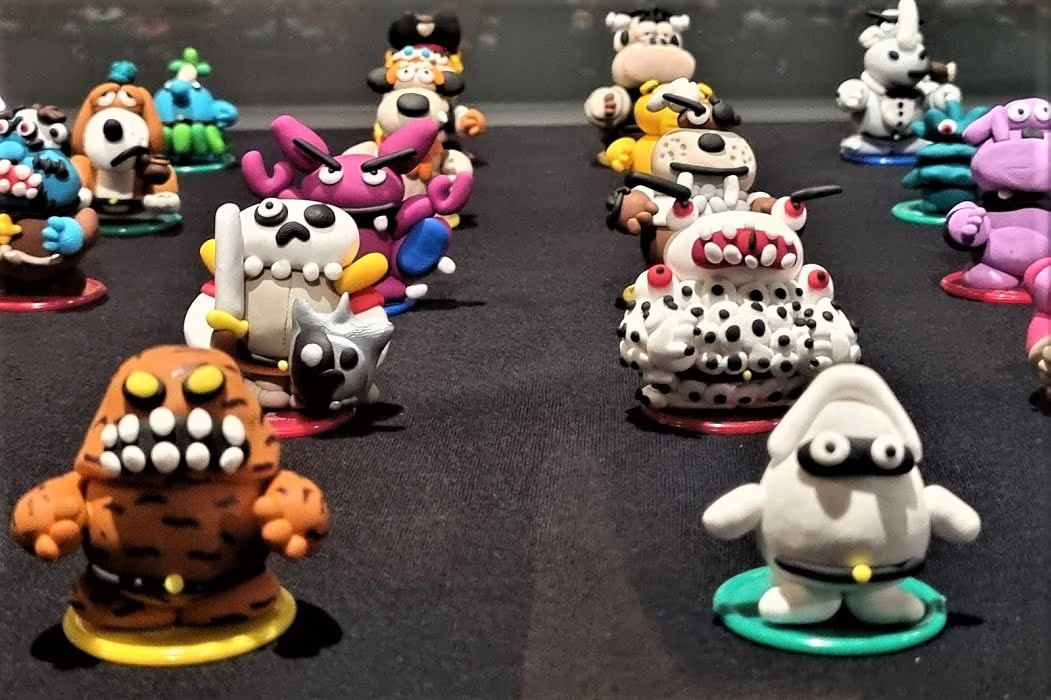
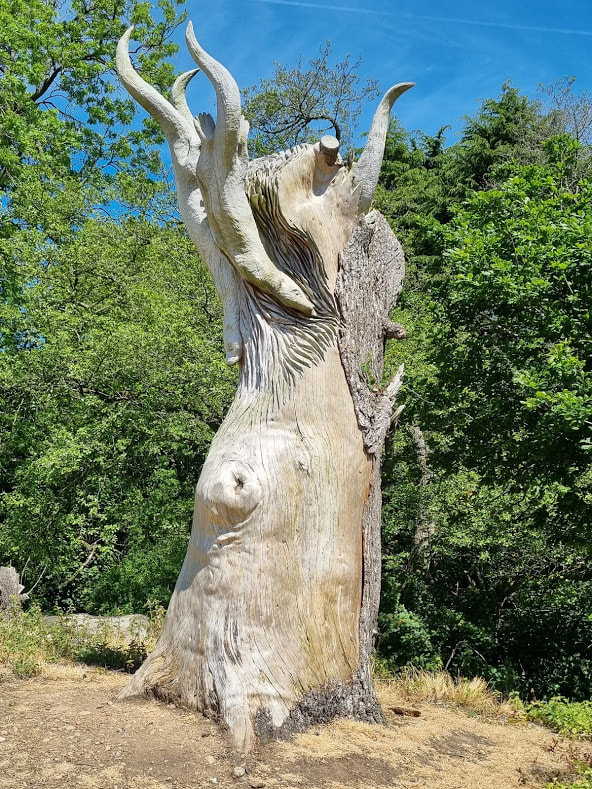
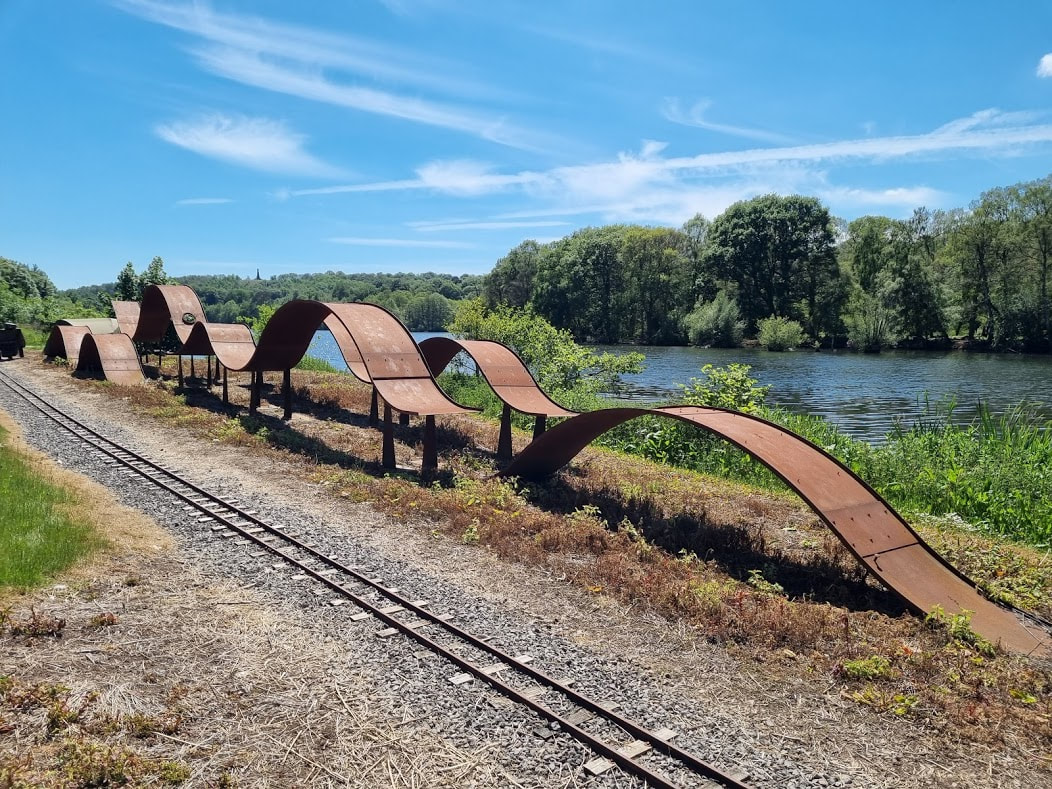
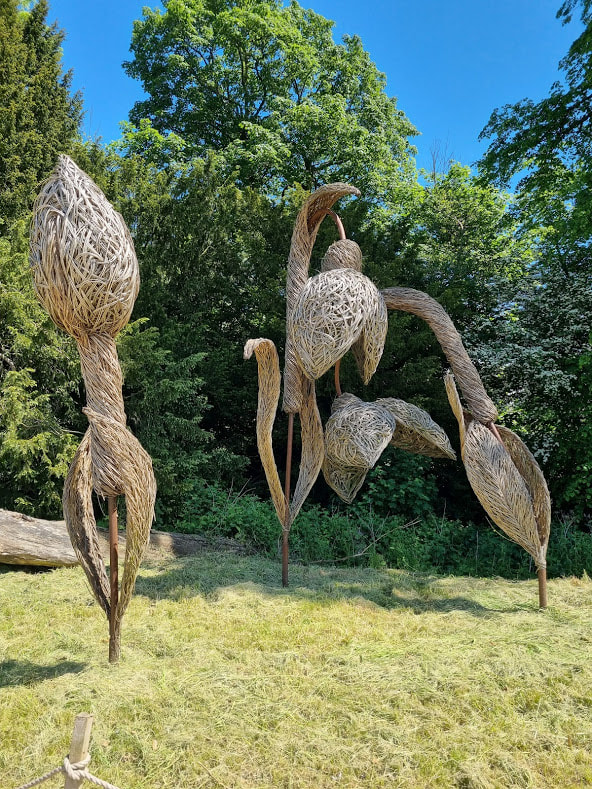

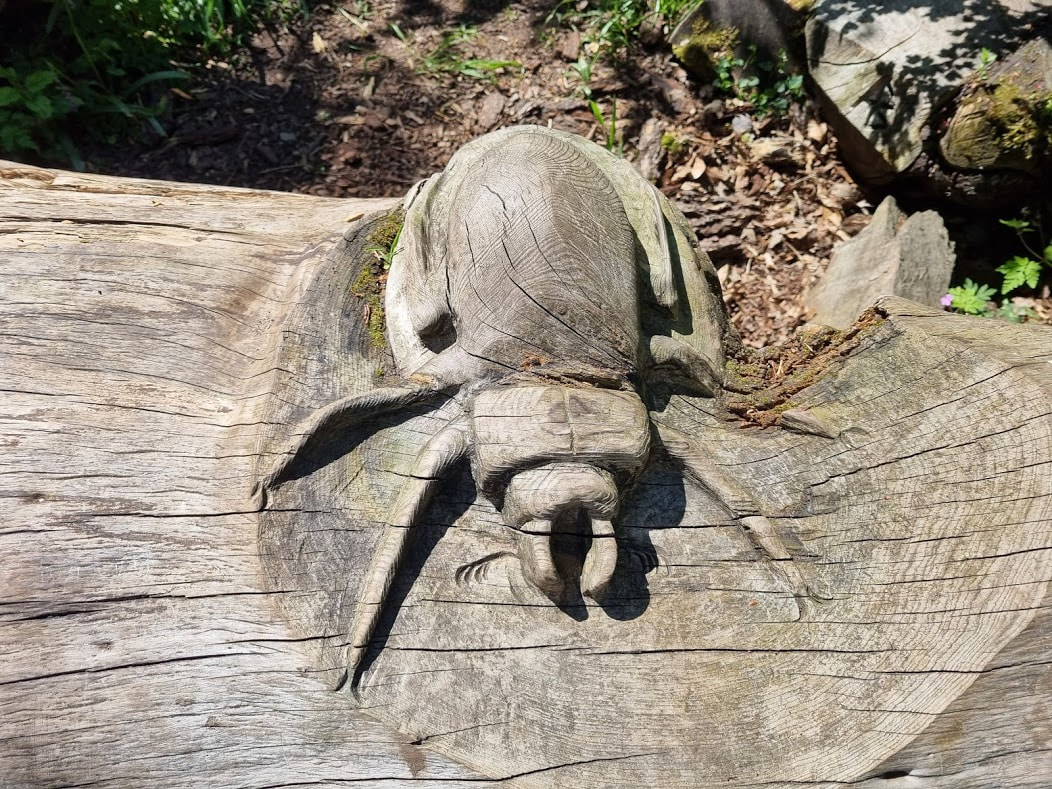
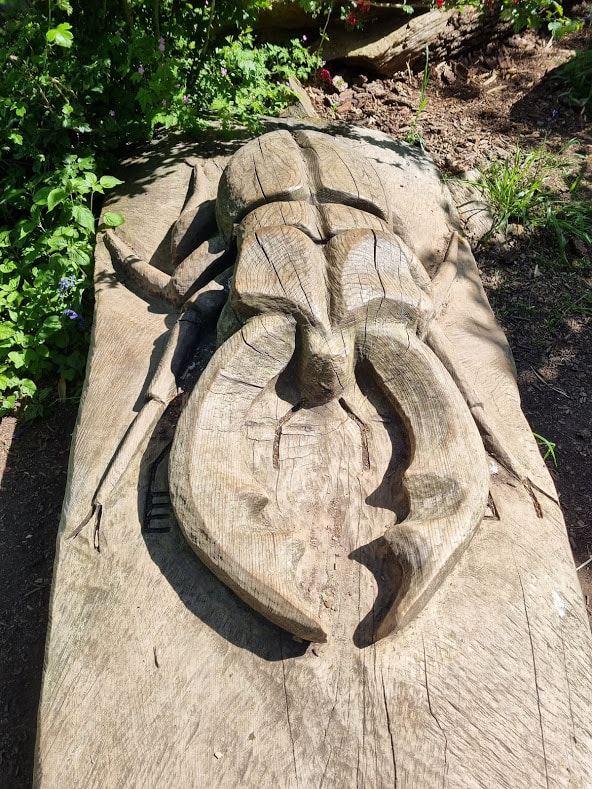
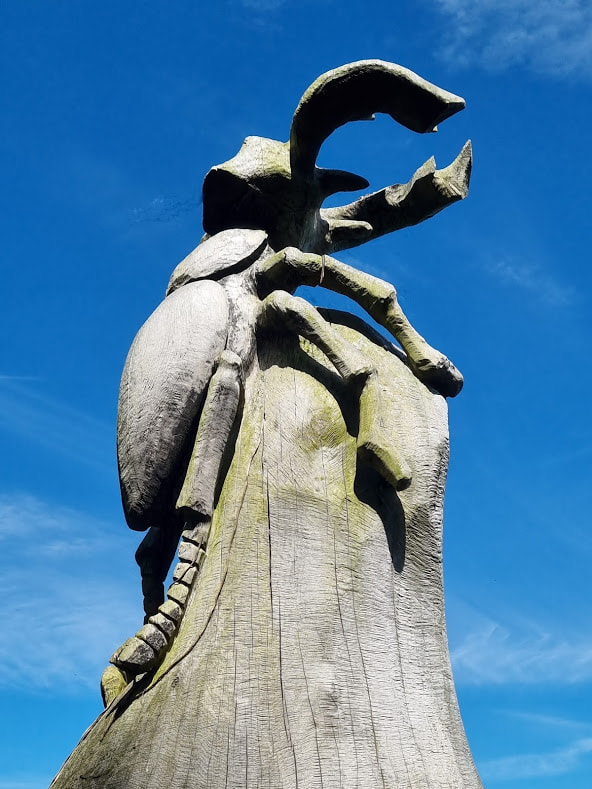
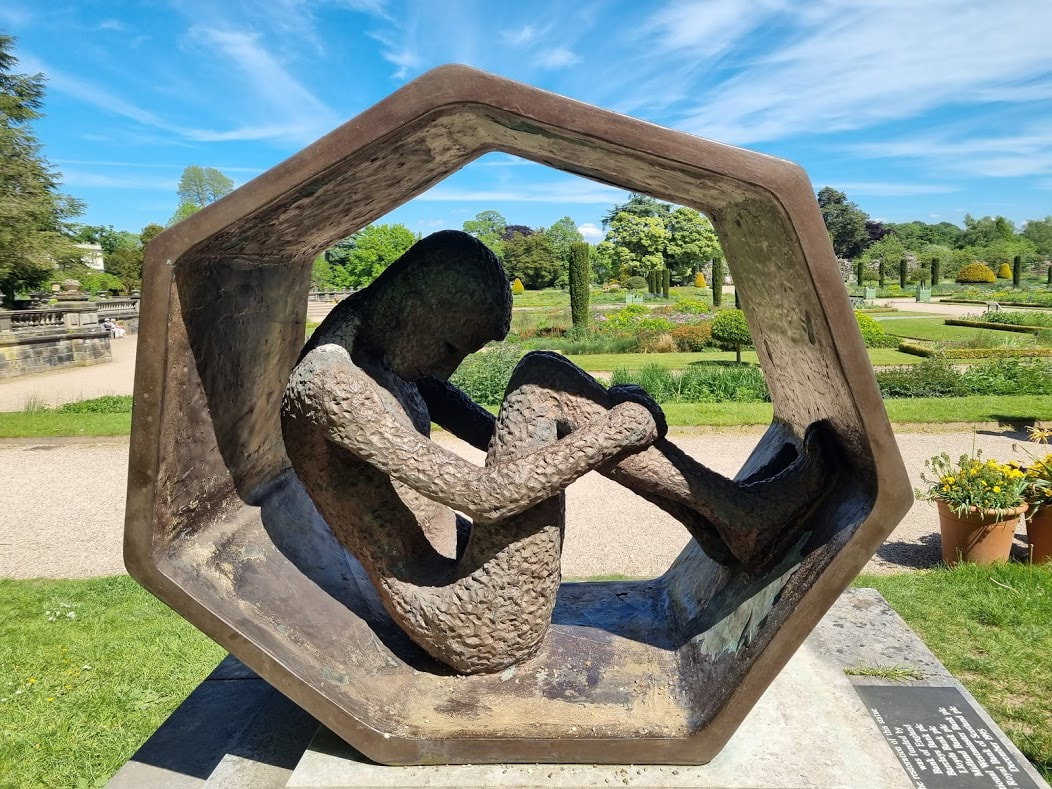
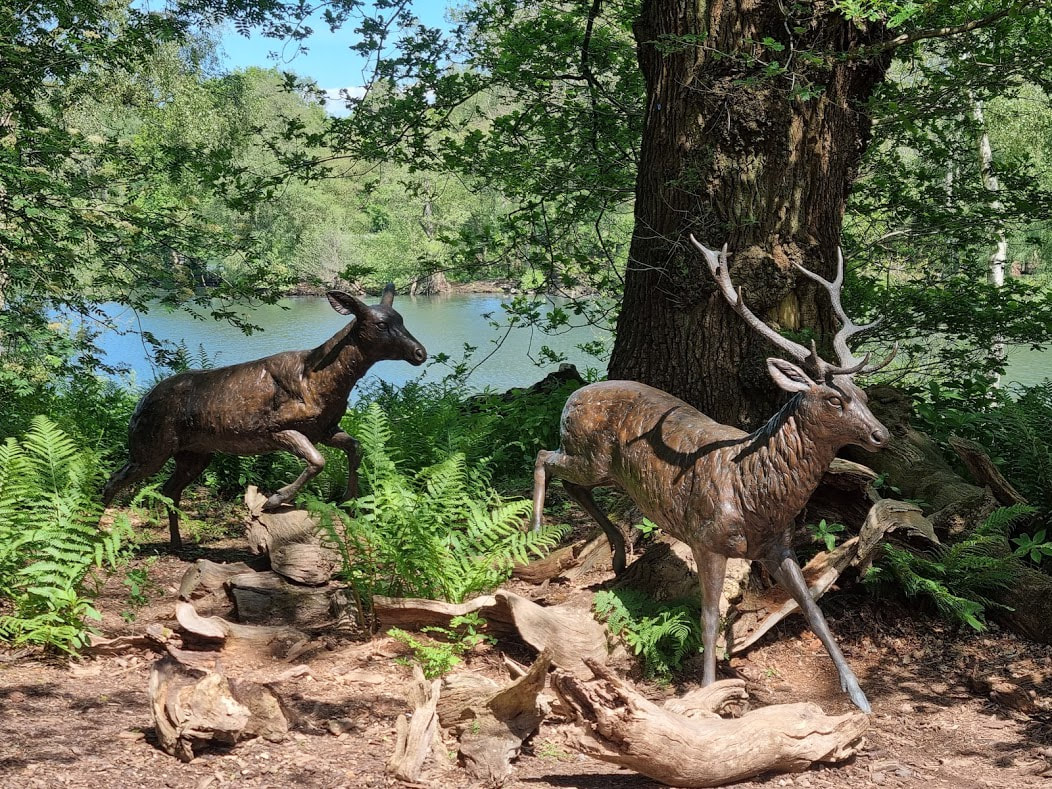
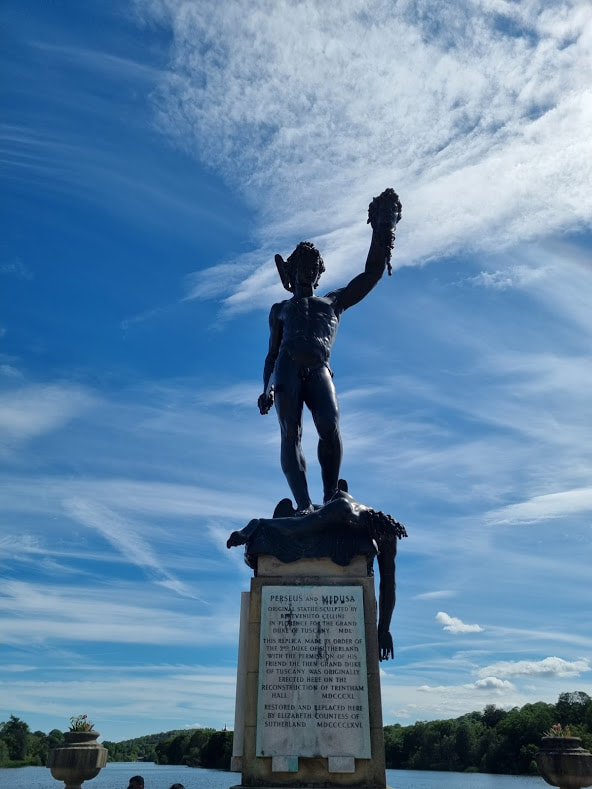
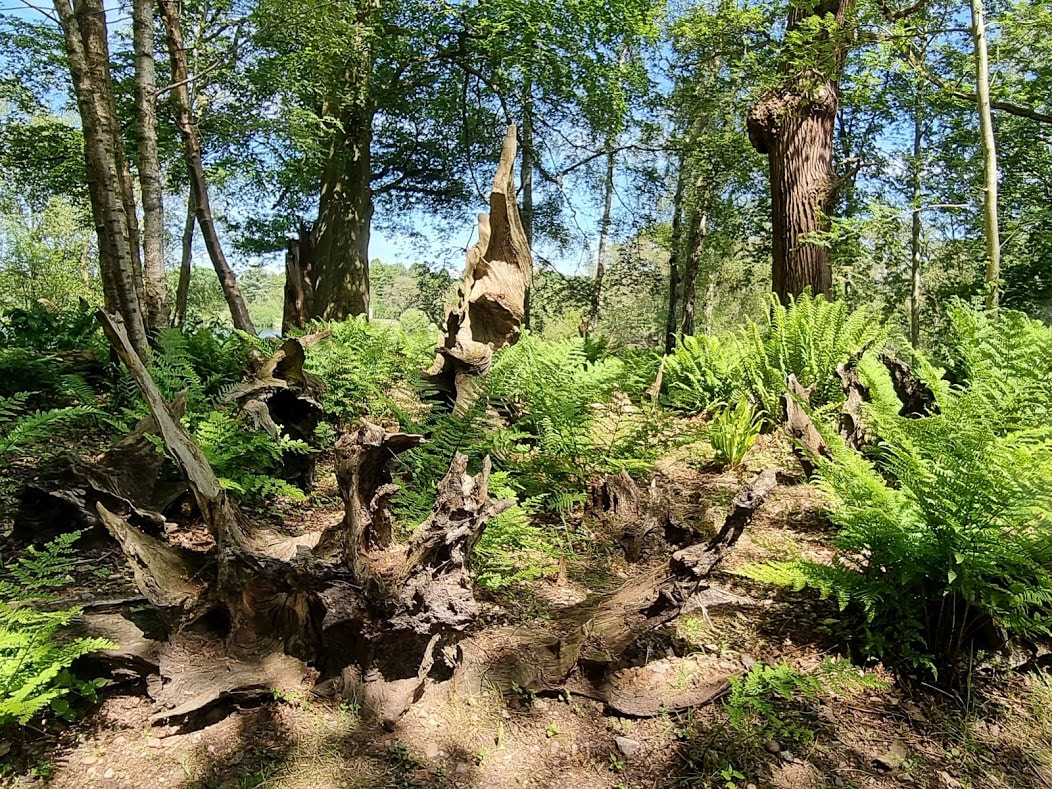
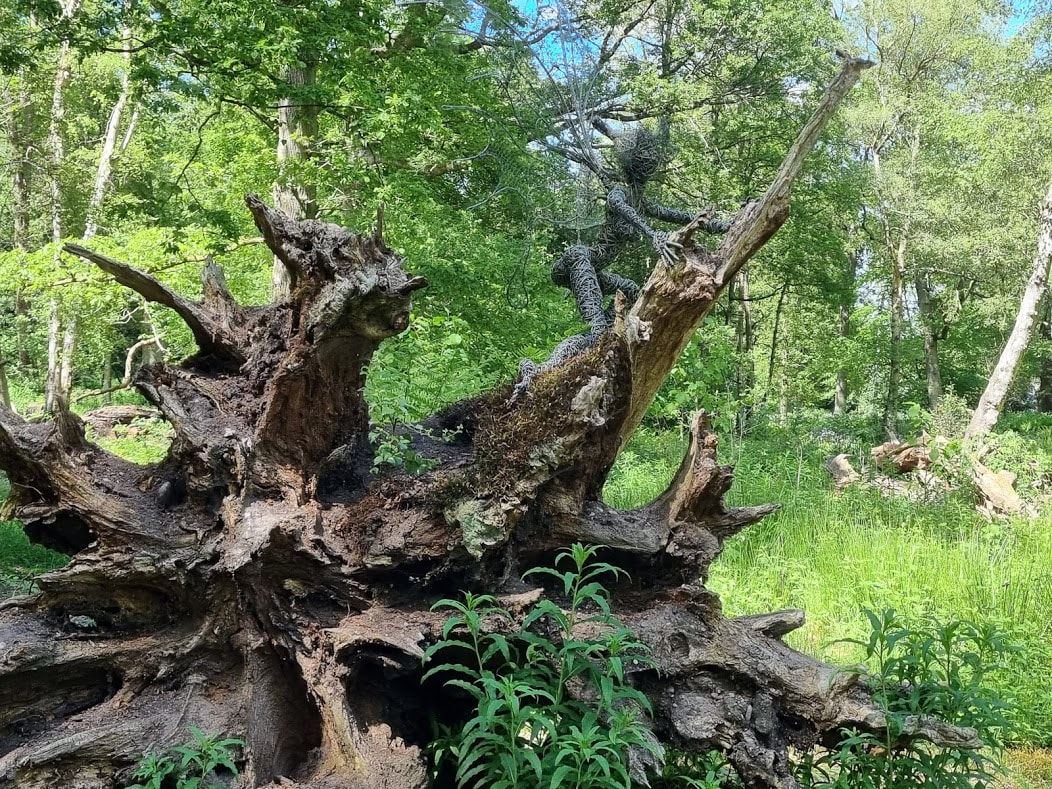
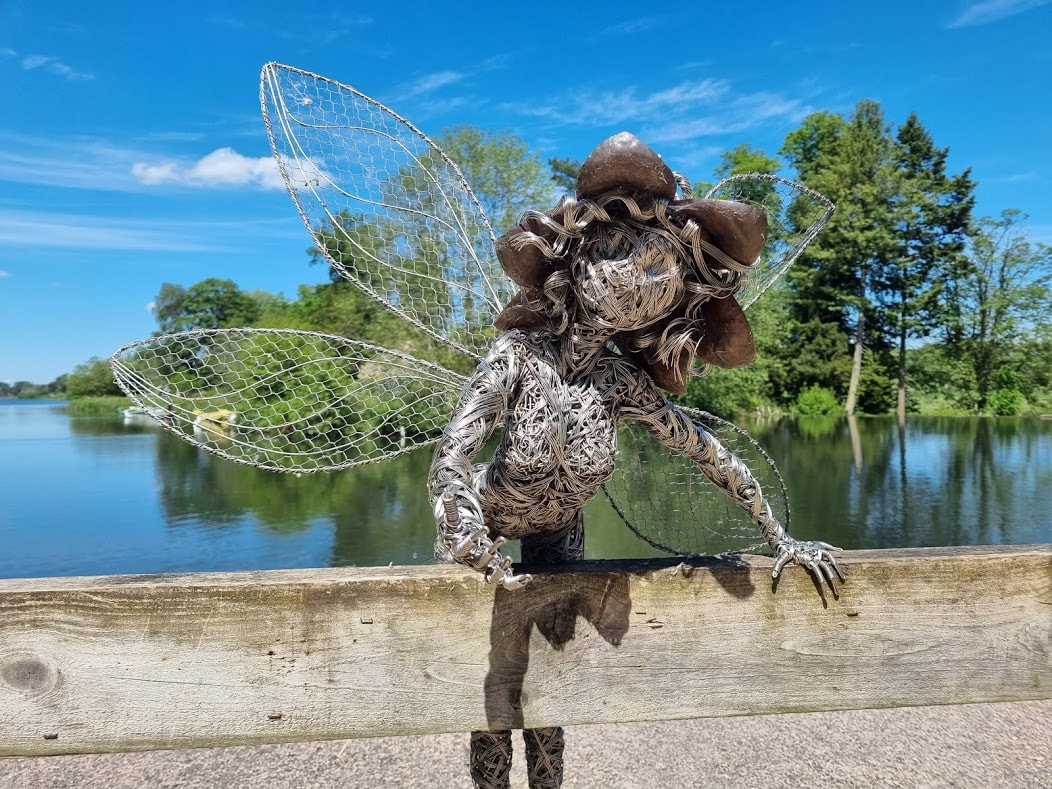
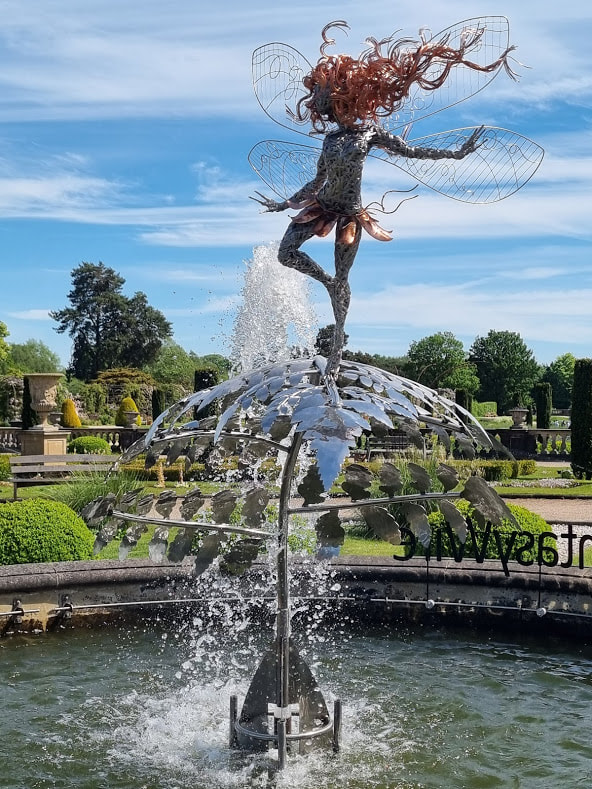
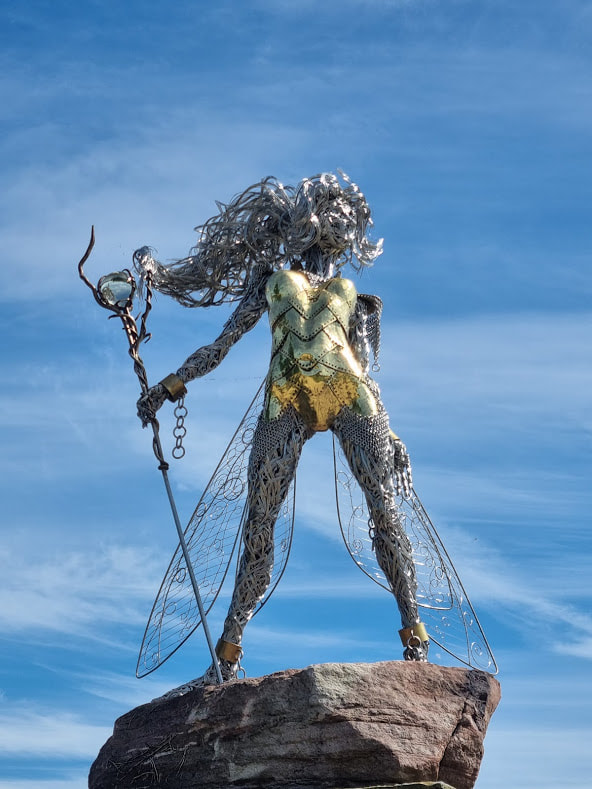
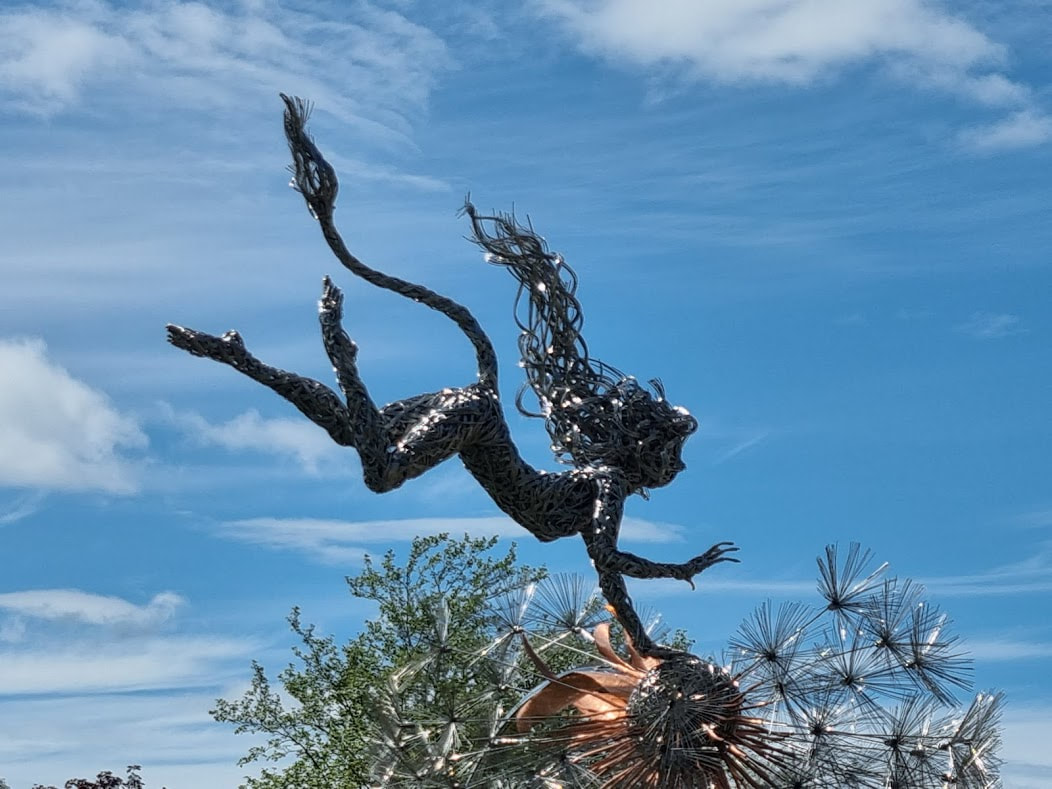
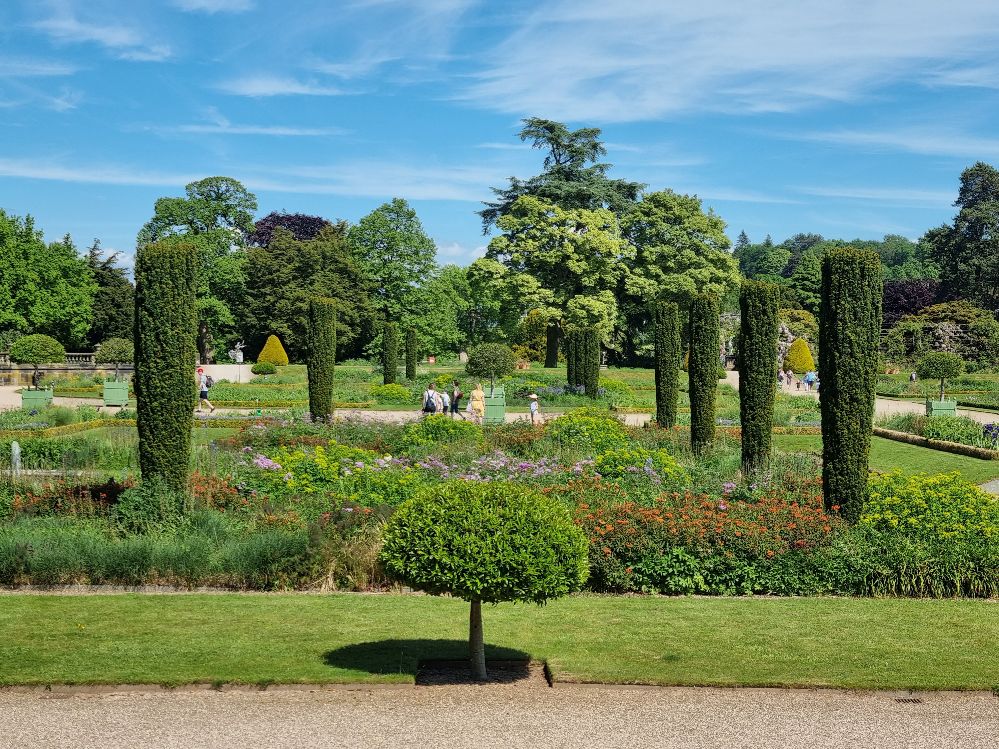
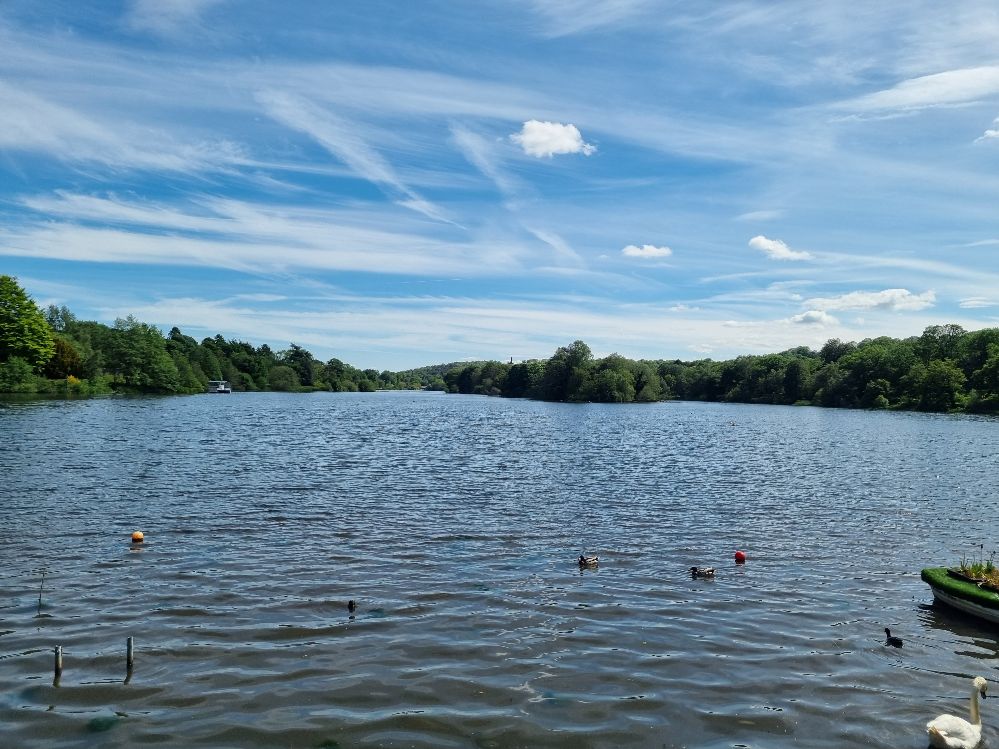
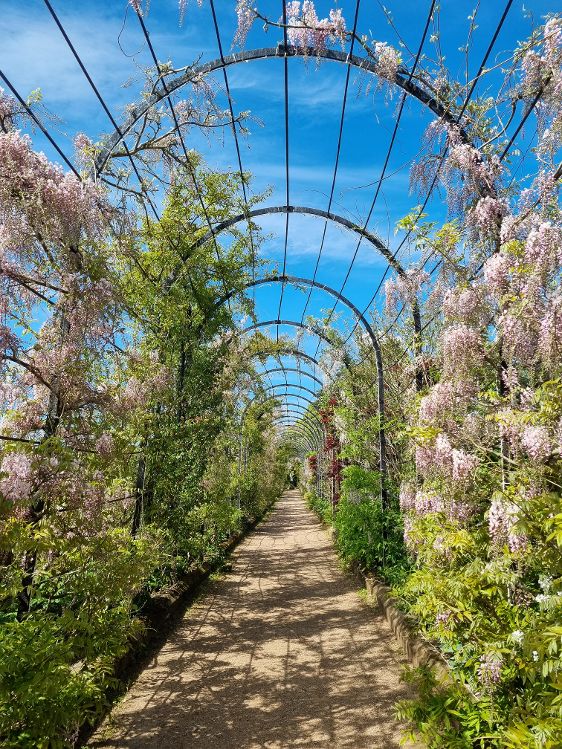
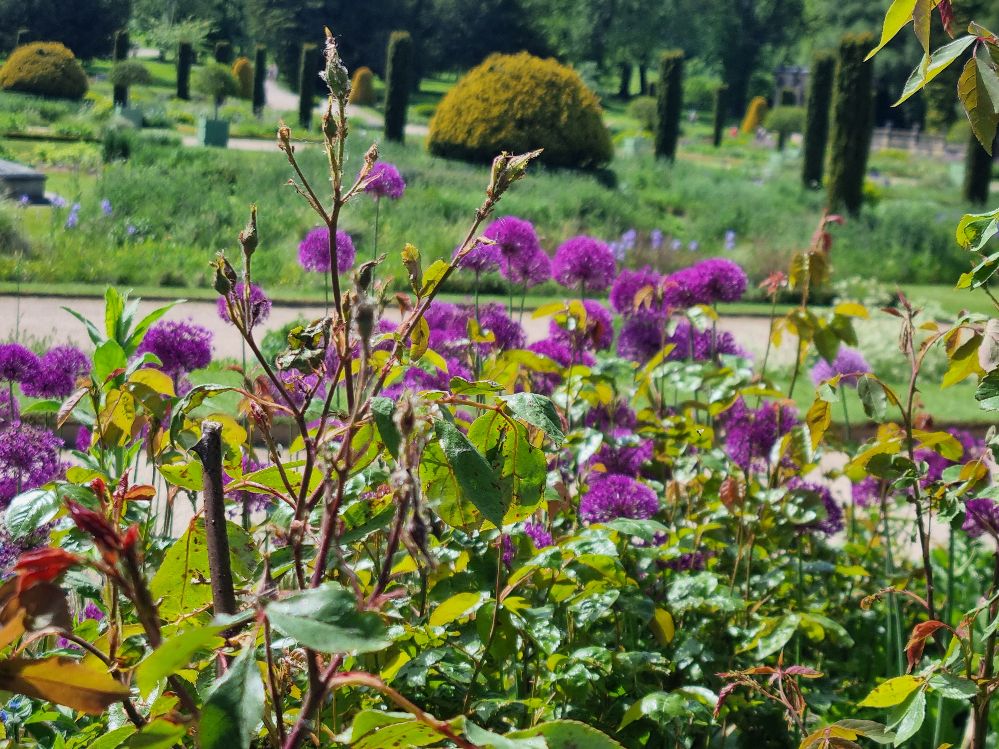
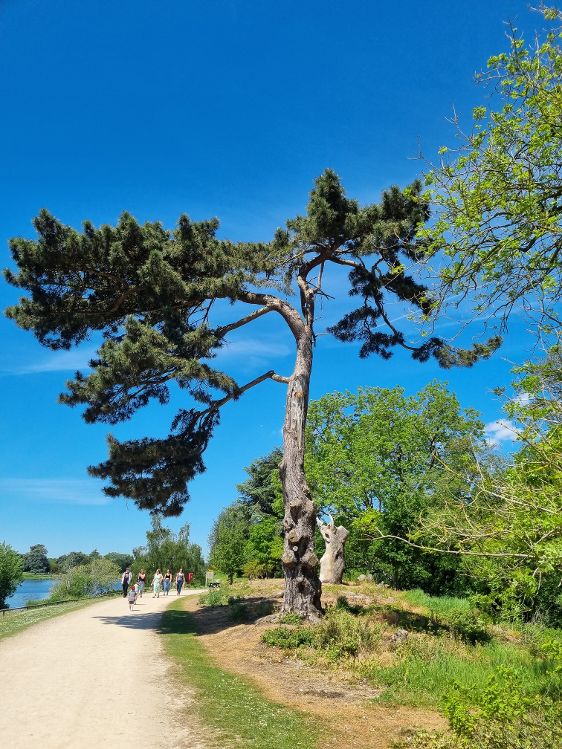
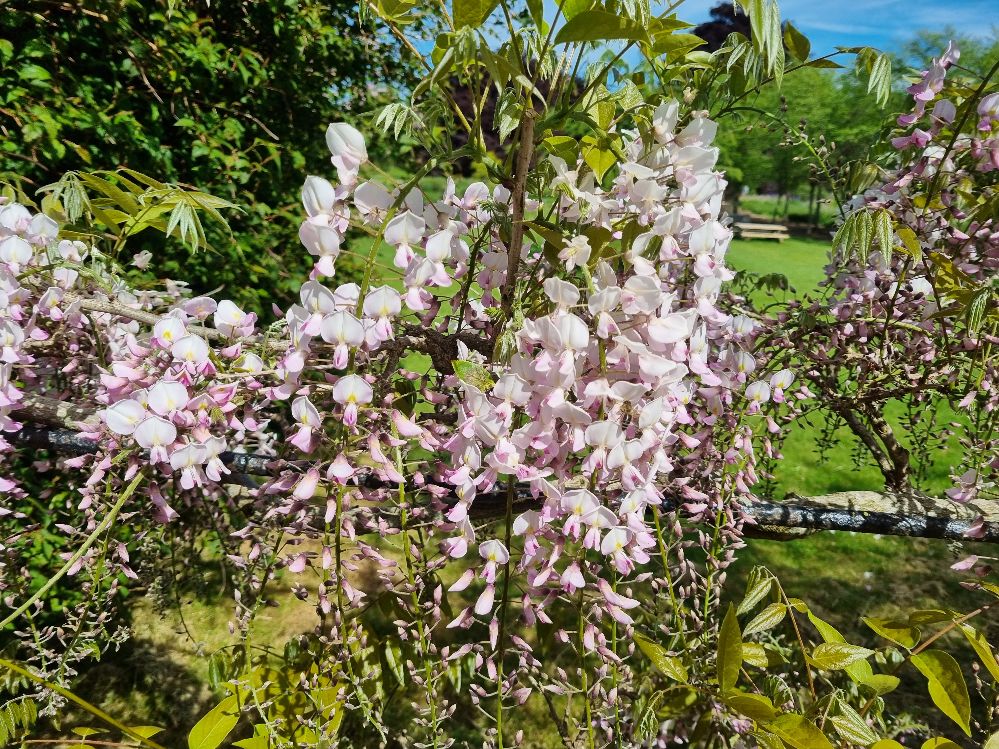
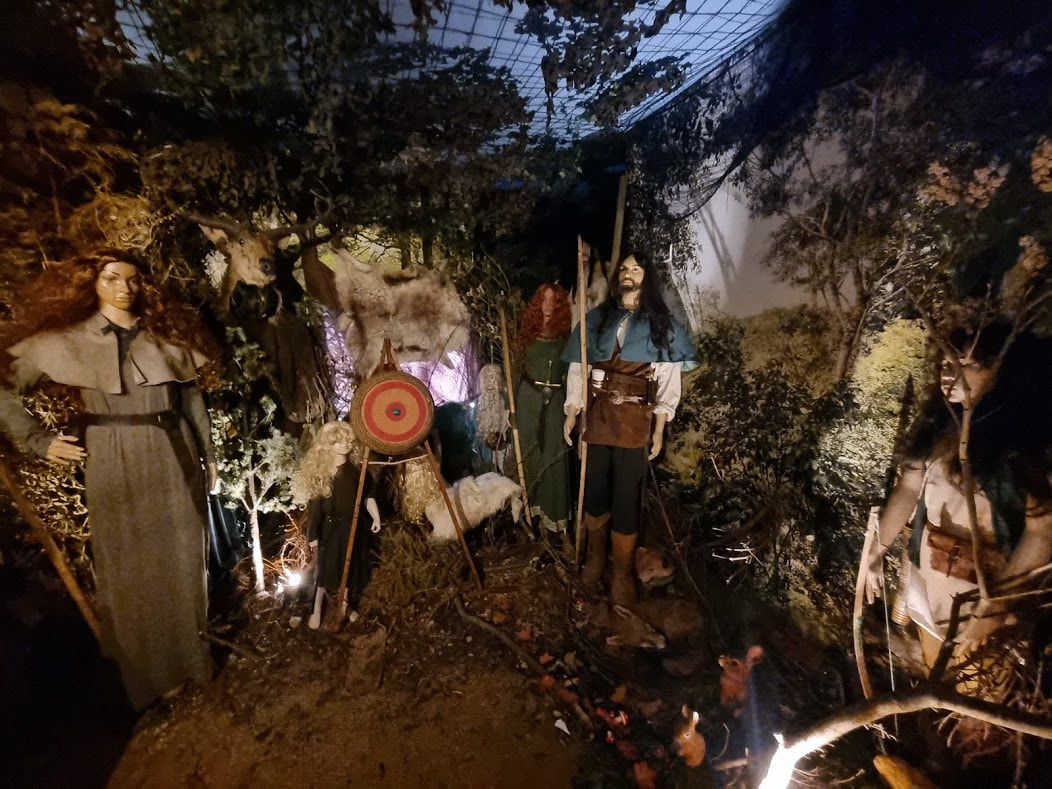
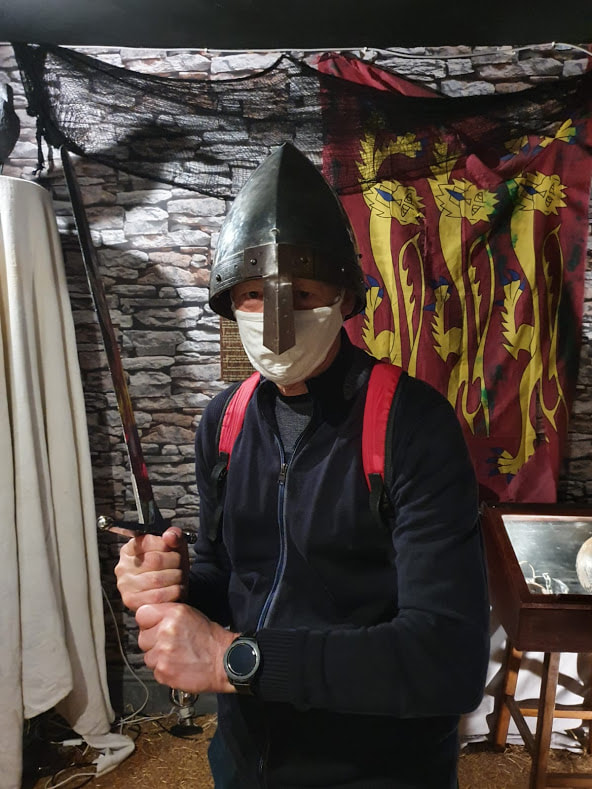
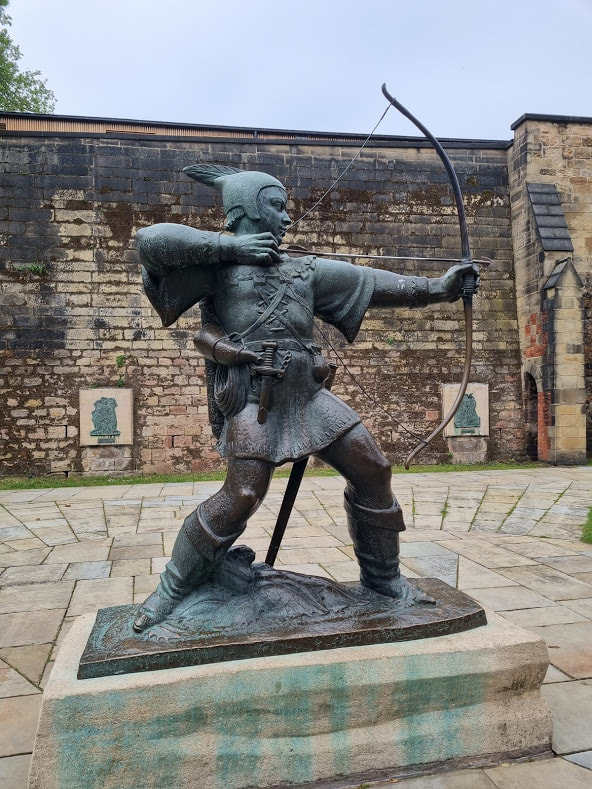
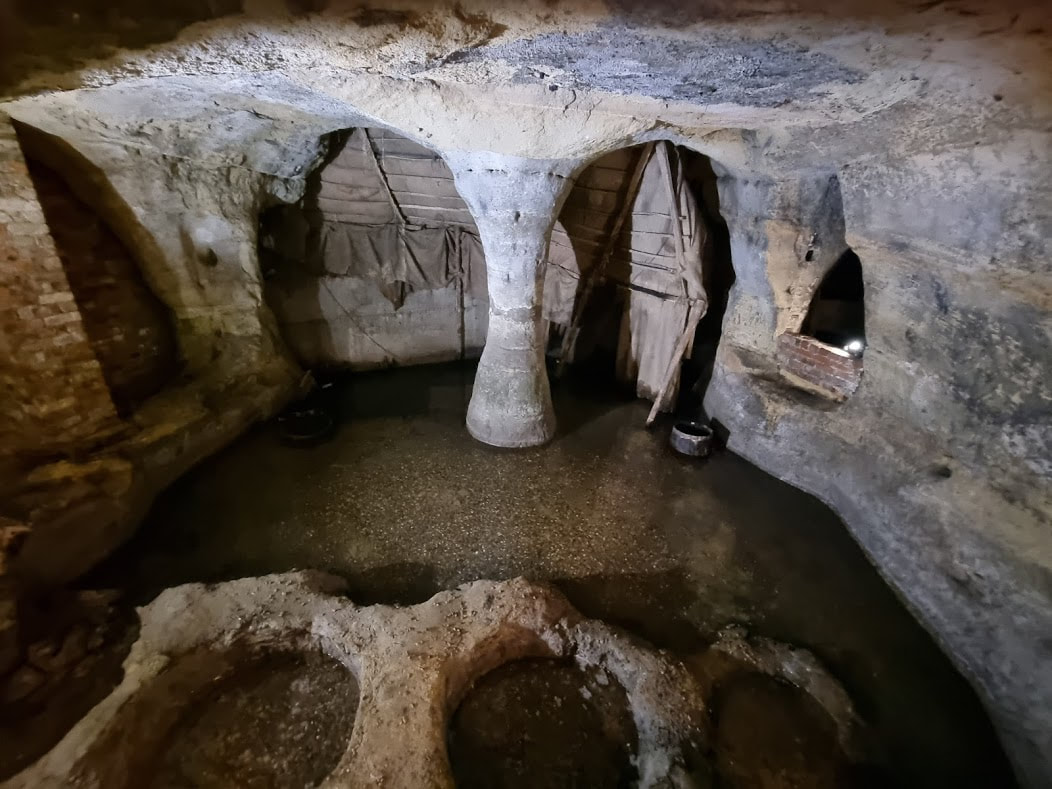
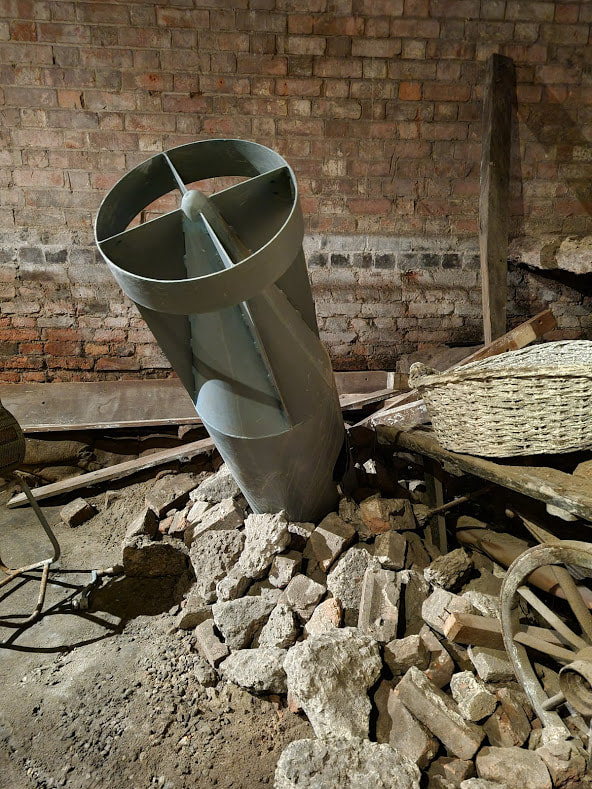
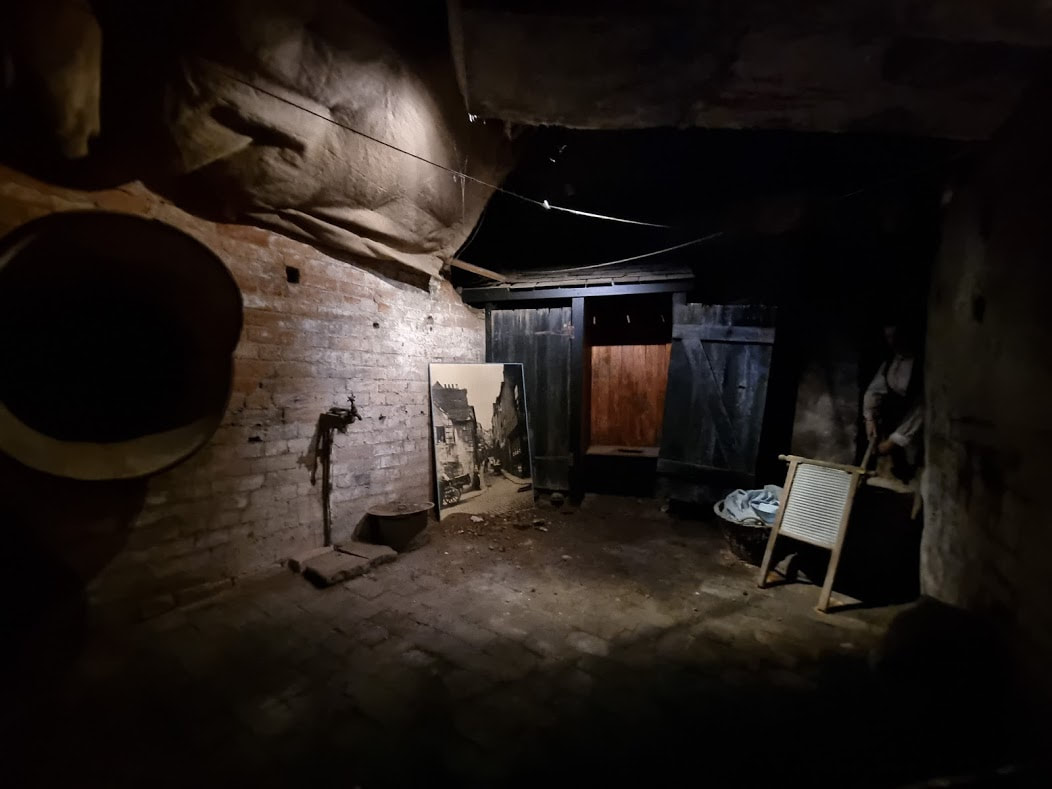
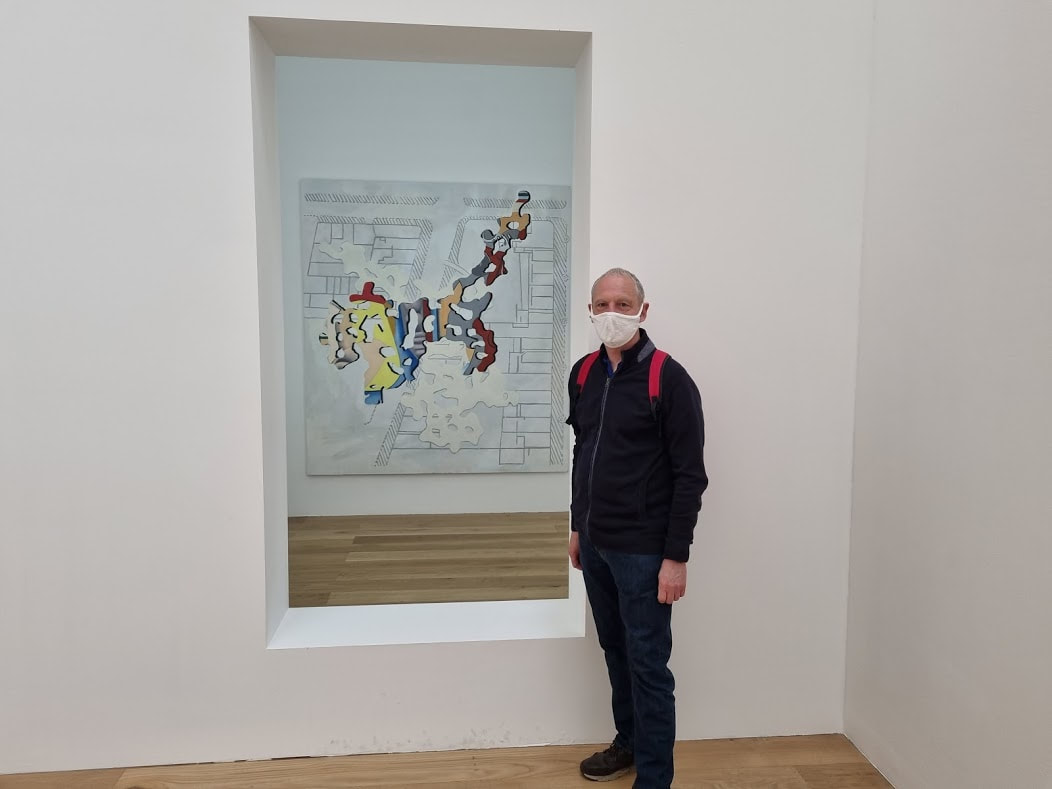
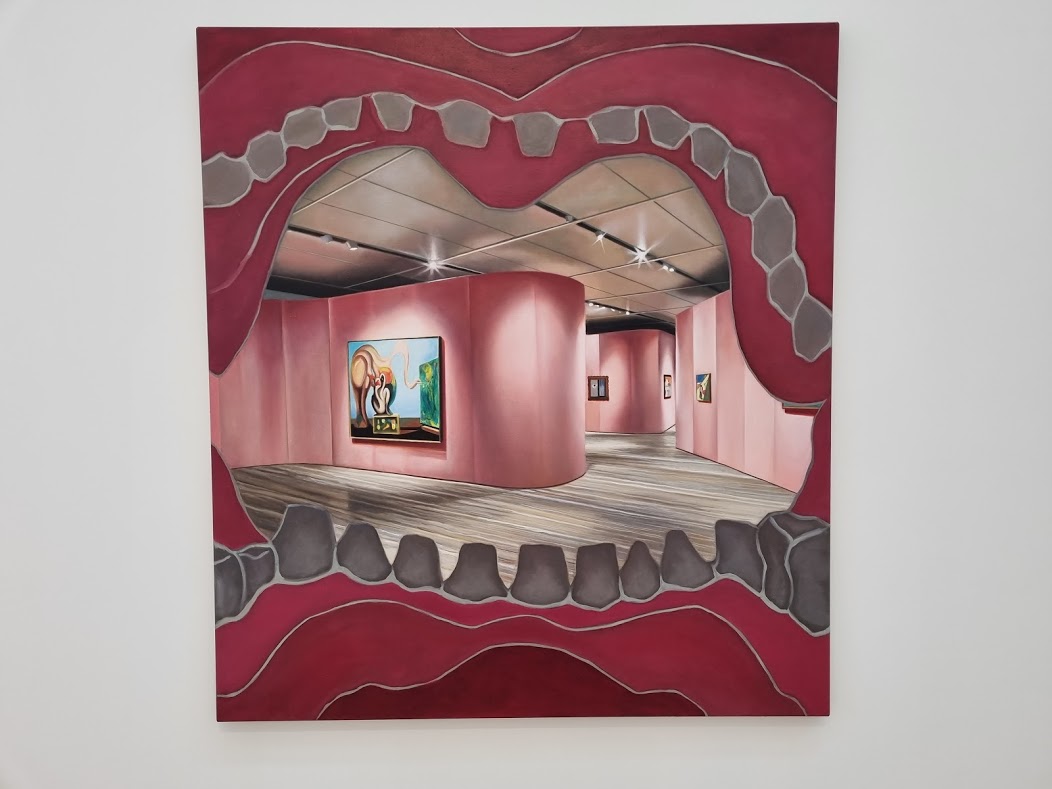
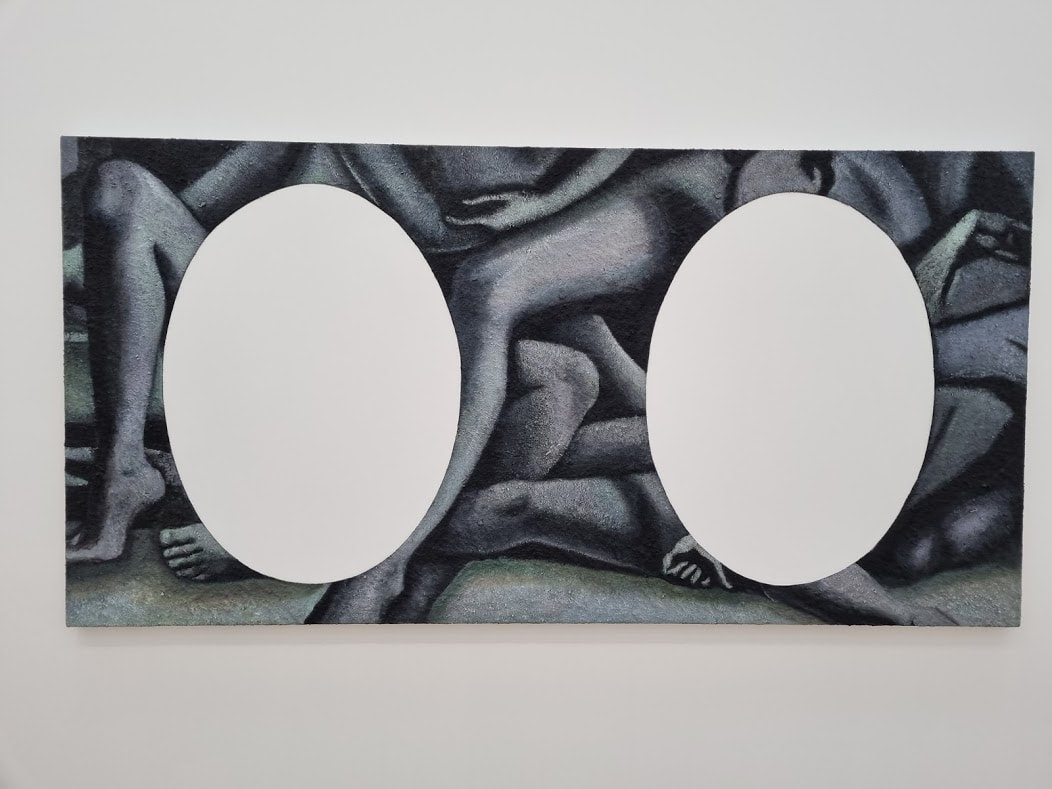
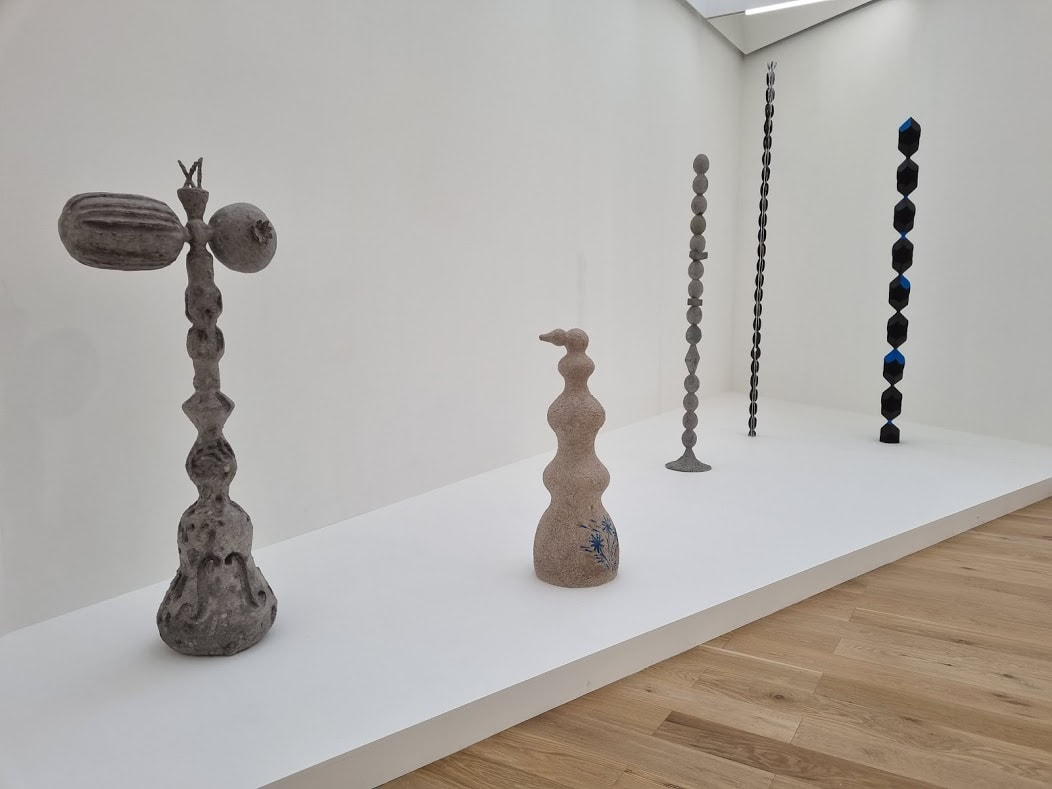
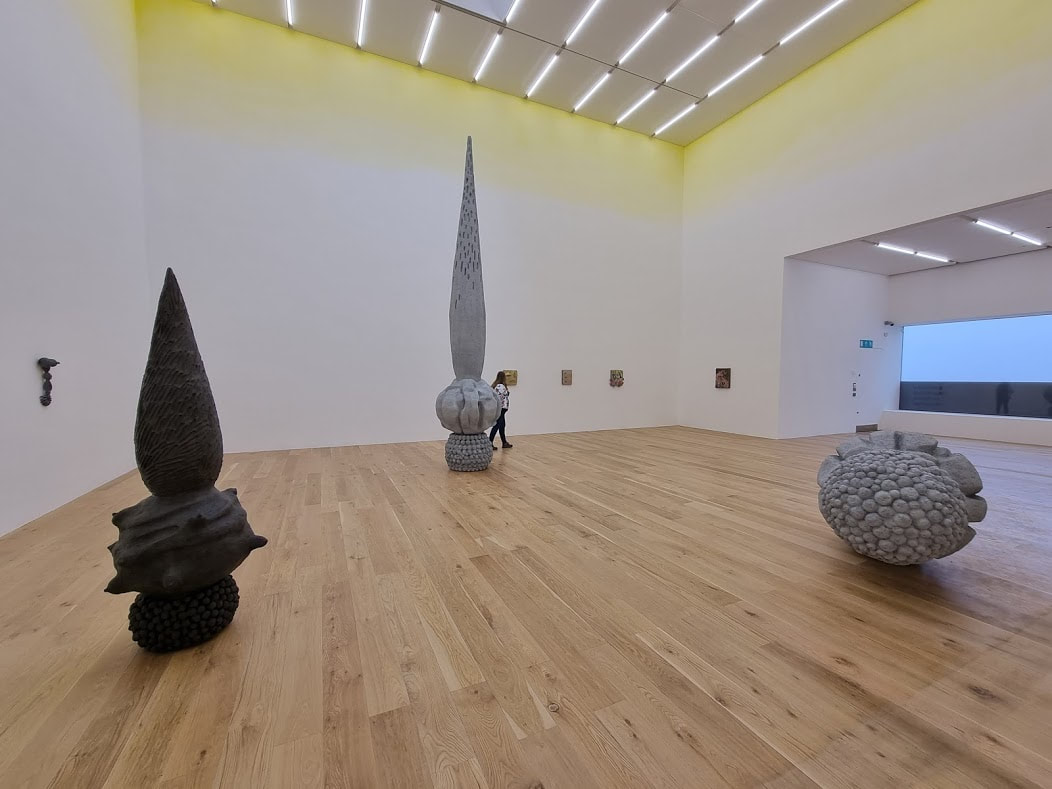
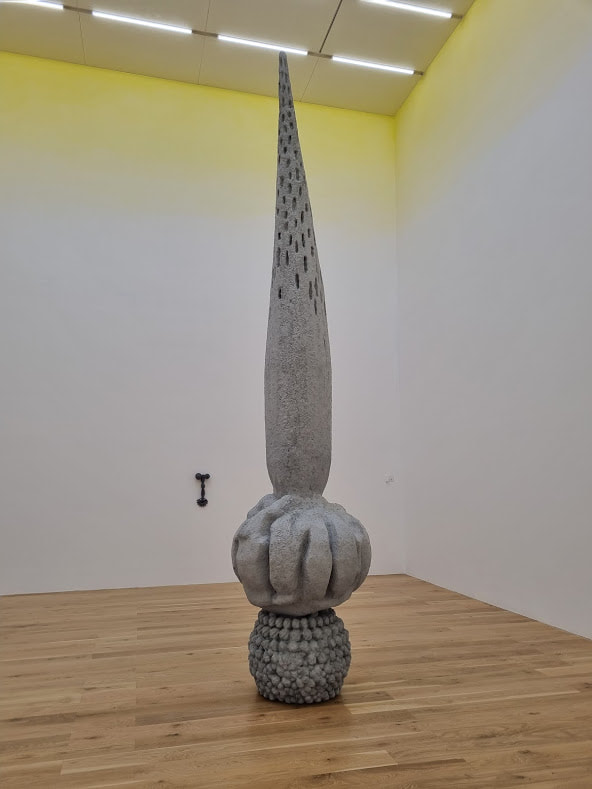
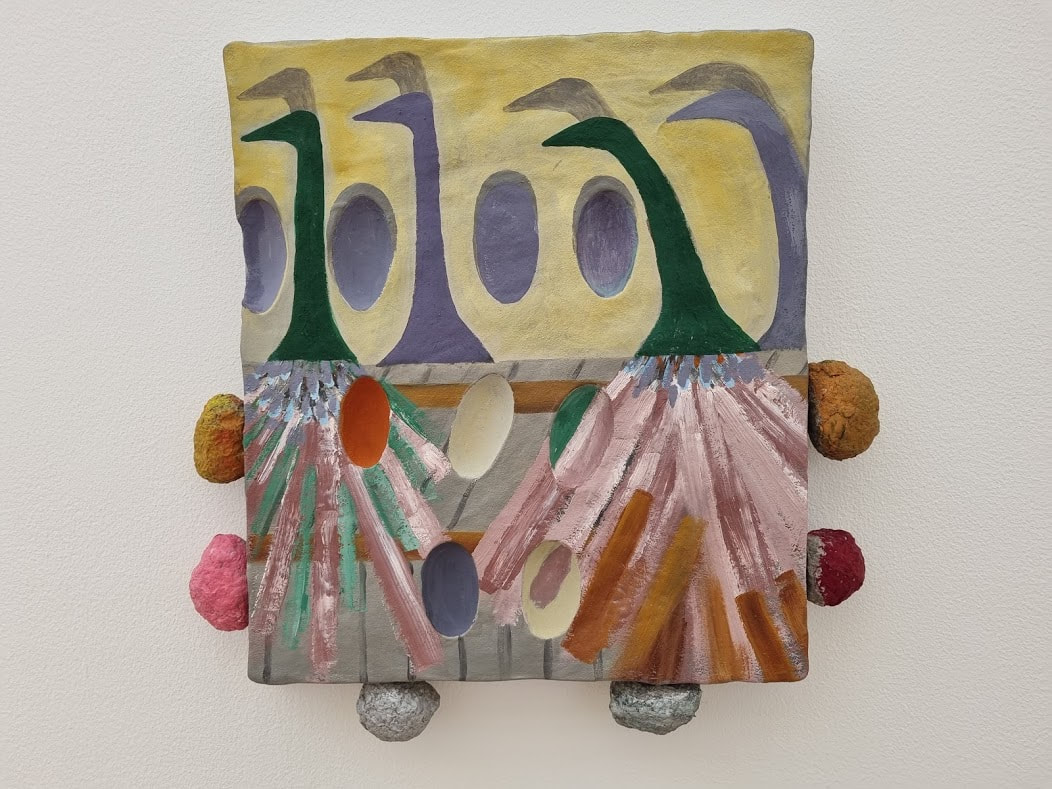
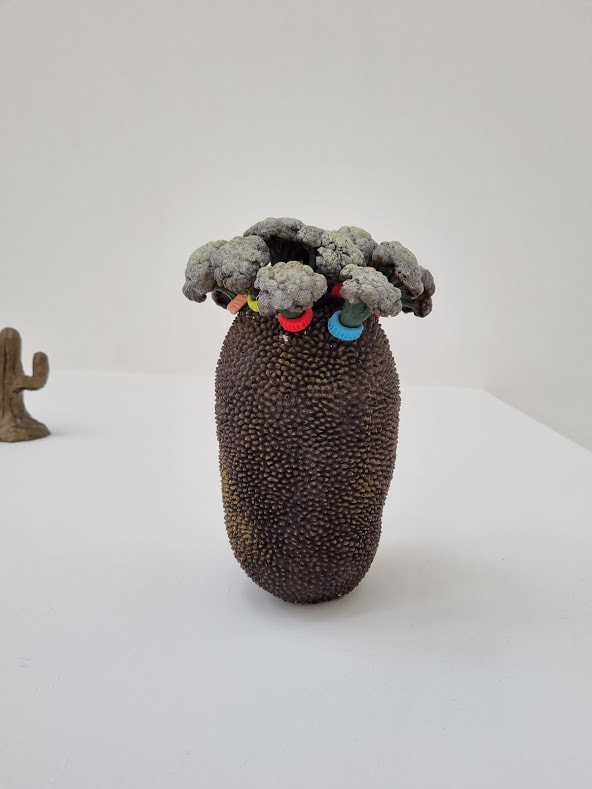
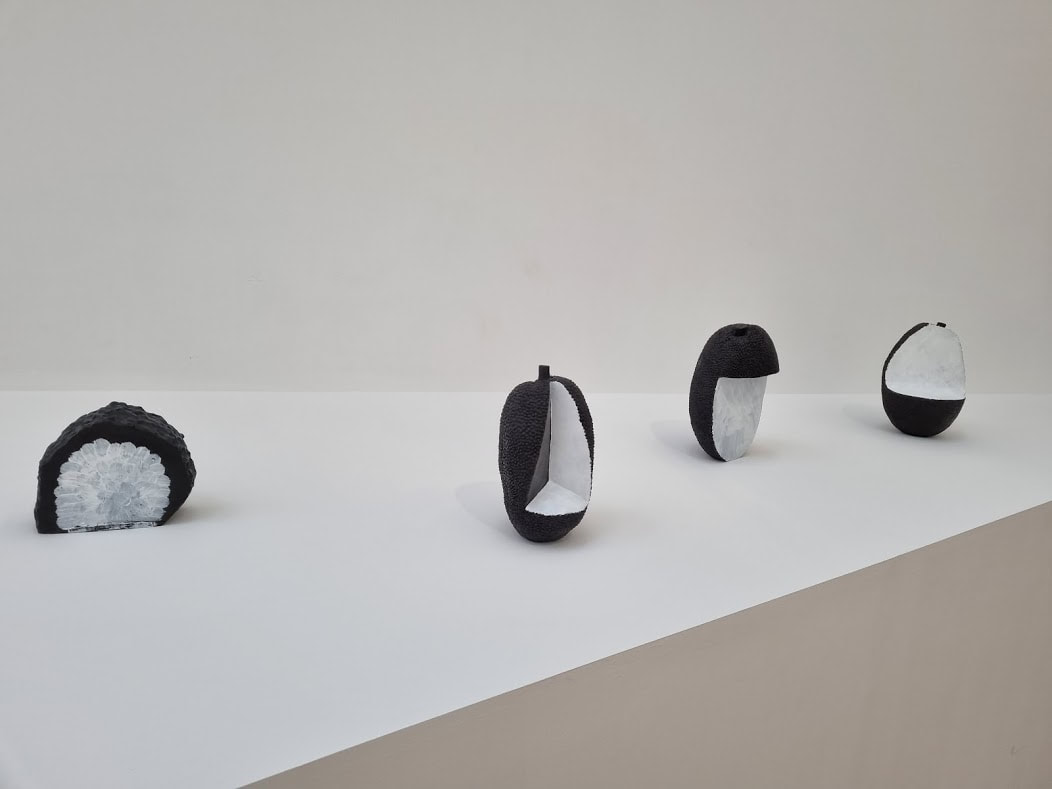
 RSS Feed
RSS Feed